What a great day Class 7 had designing their own crowns, making shields and having a banquet!
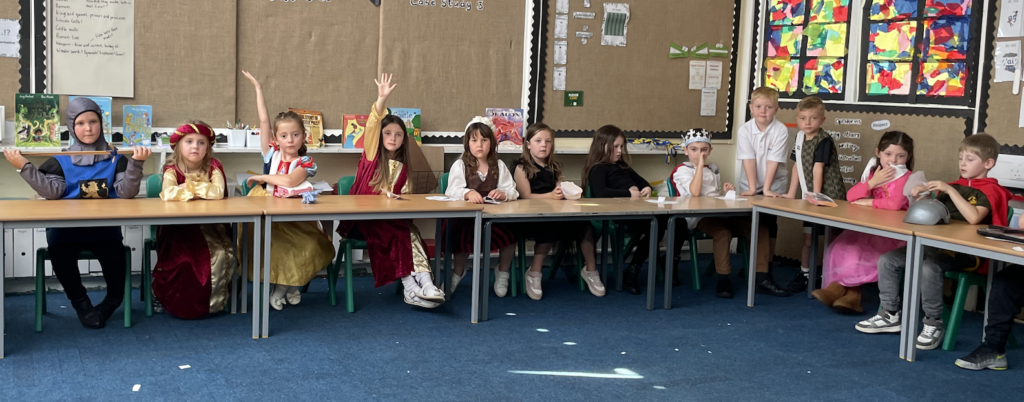
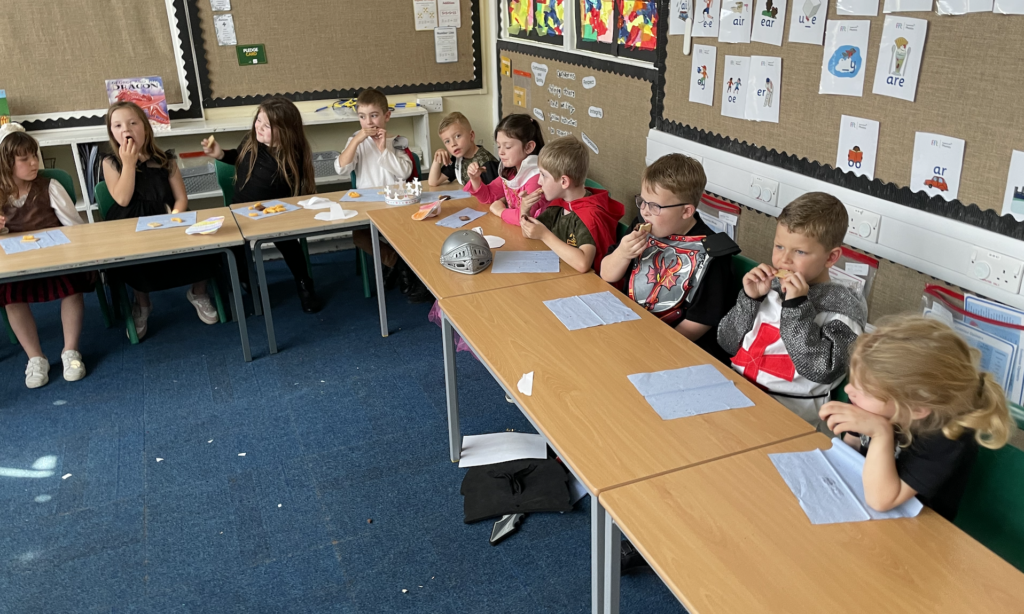
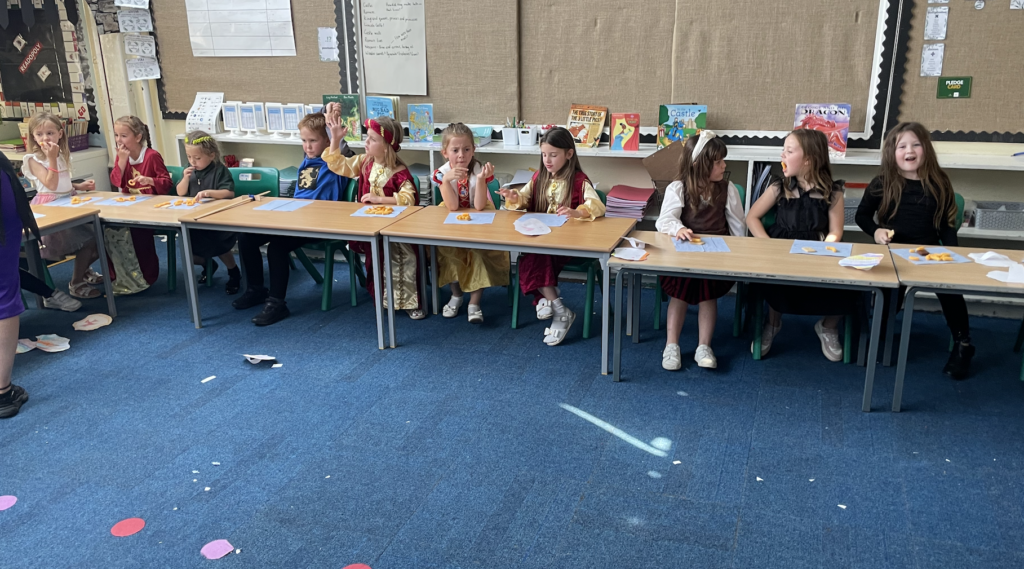


We even had chance to have our photos taken in front of our own castle!

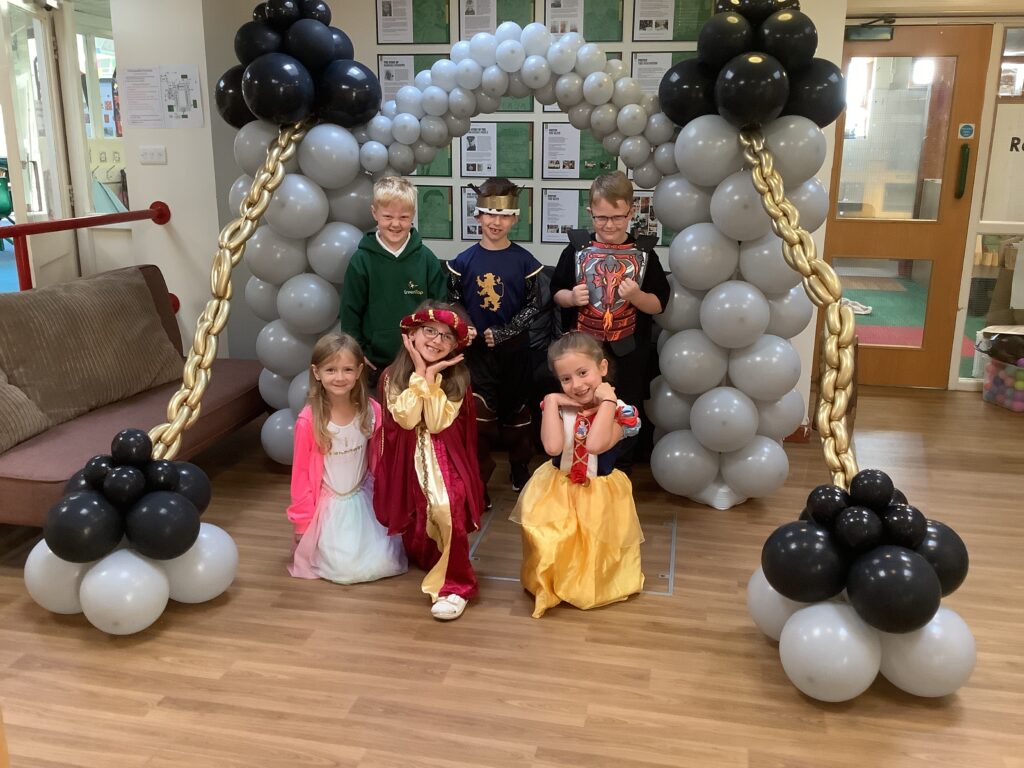

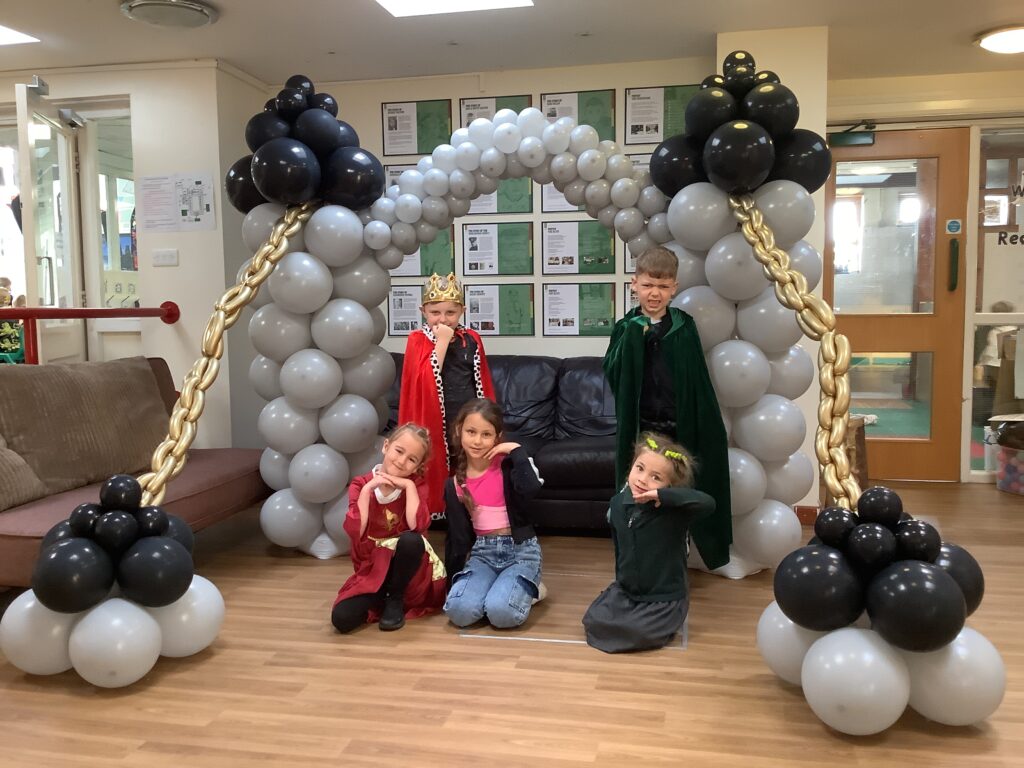
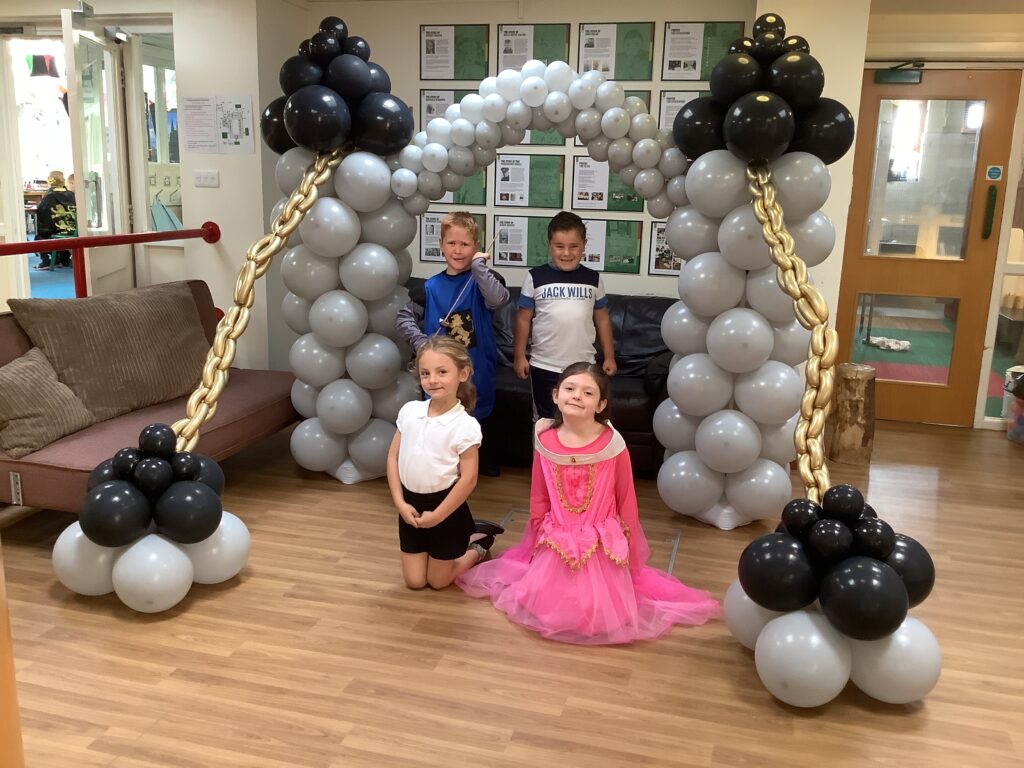
Have a great weekend Class 7! 🙂
What a great day Class 7 had designing their own crowns, making shields and having a banquet!





We even had chance to have our photos taken in front of our own castle!





Have a great weekend Class 7! 🙂
This week we have immersed ourselves in all things dragons. First we started with our dragon sketches.
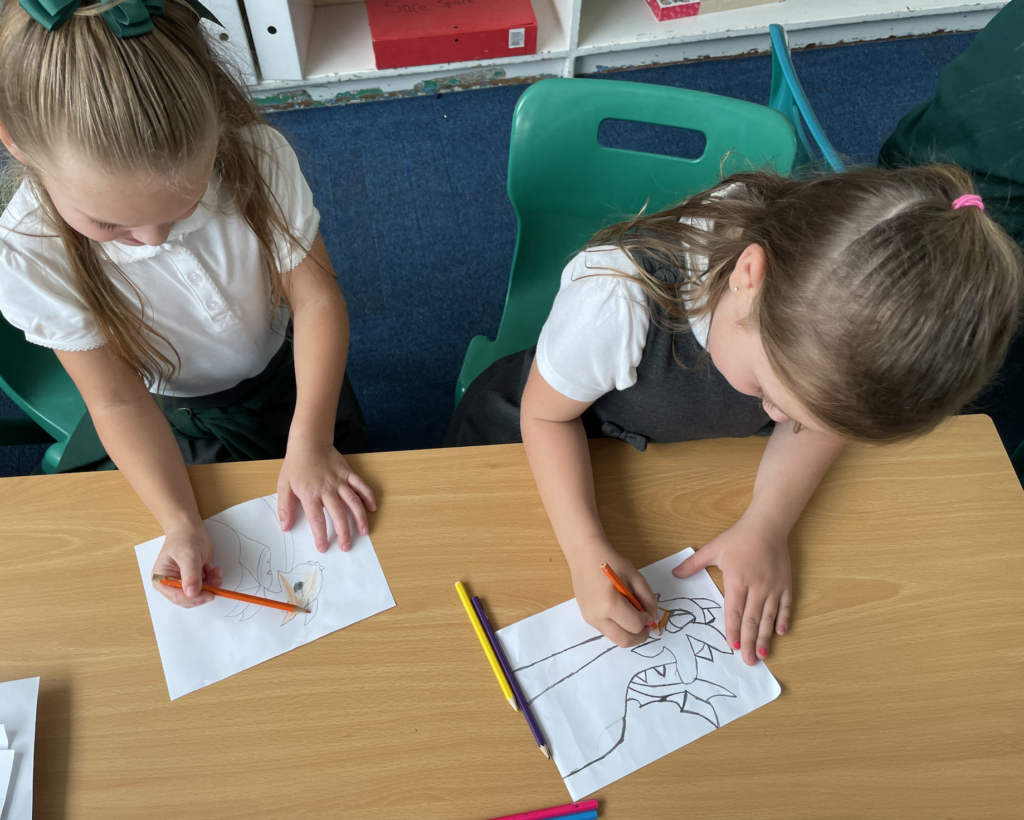
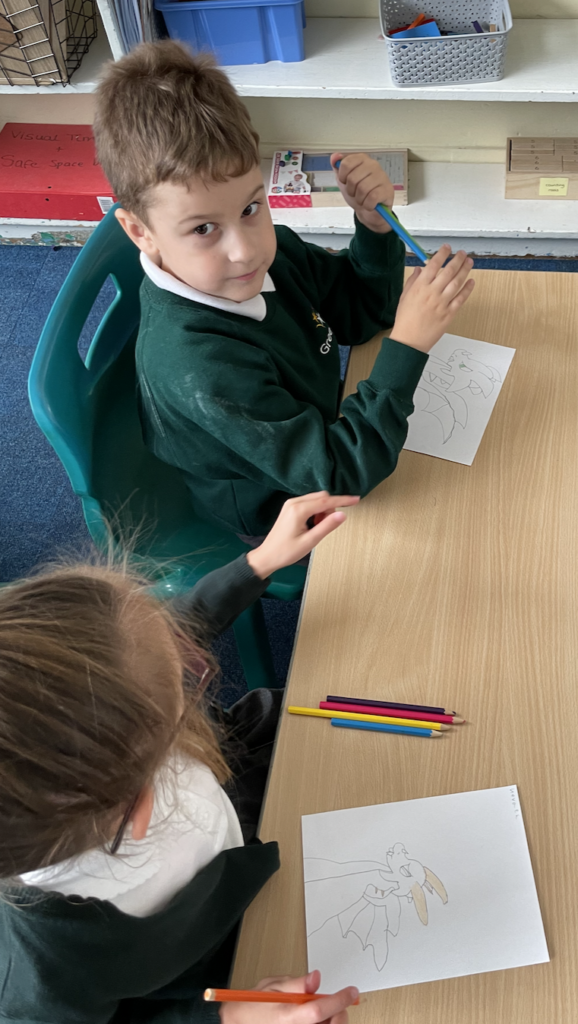
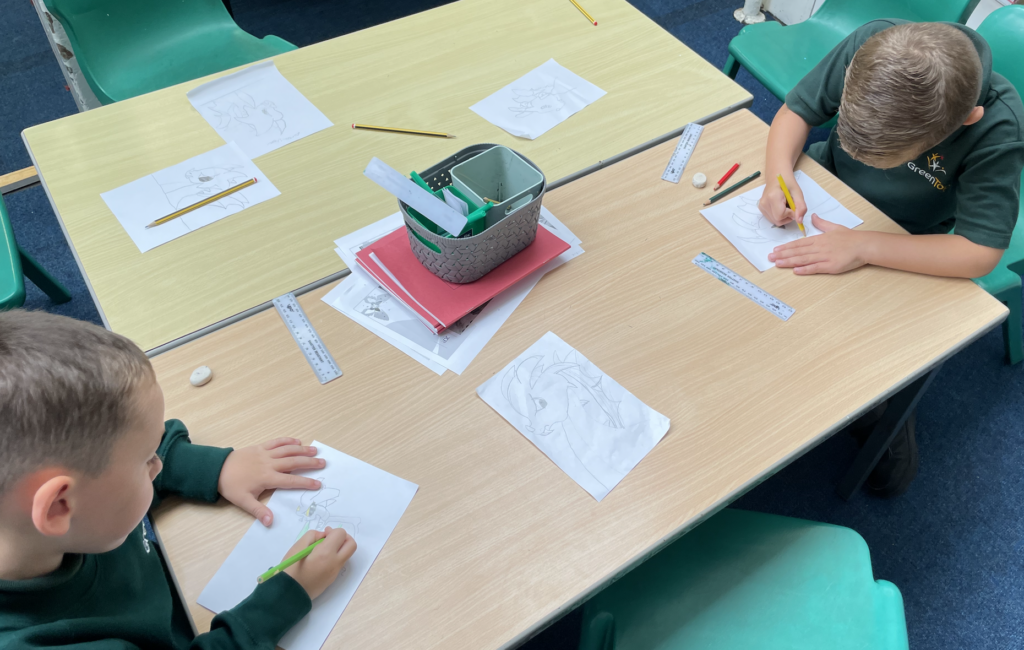
Then we completed our dragon eye drawings and painted them with watercolours!
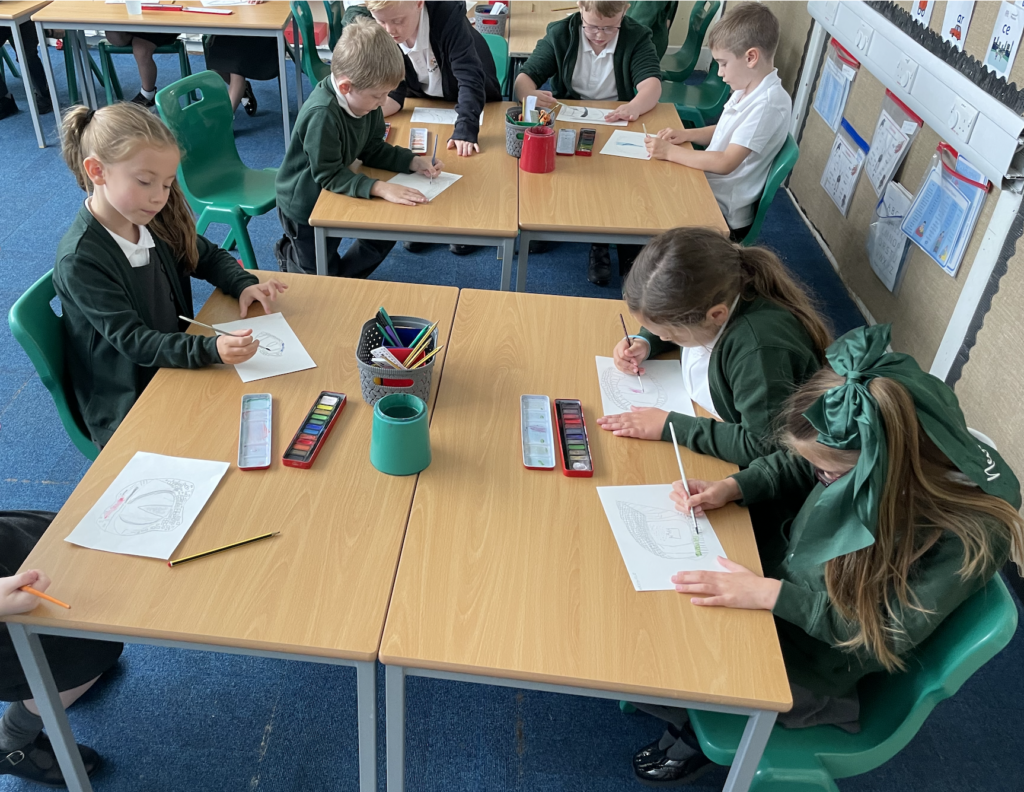
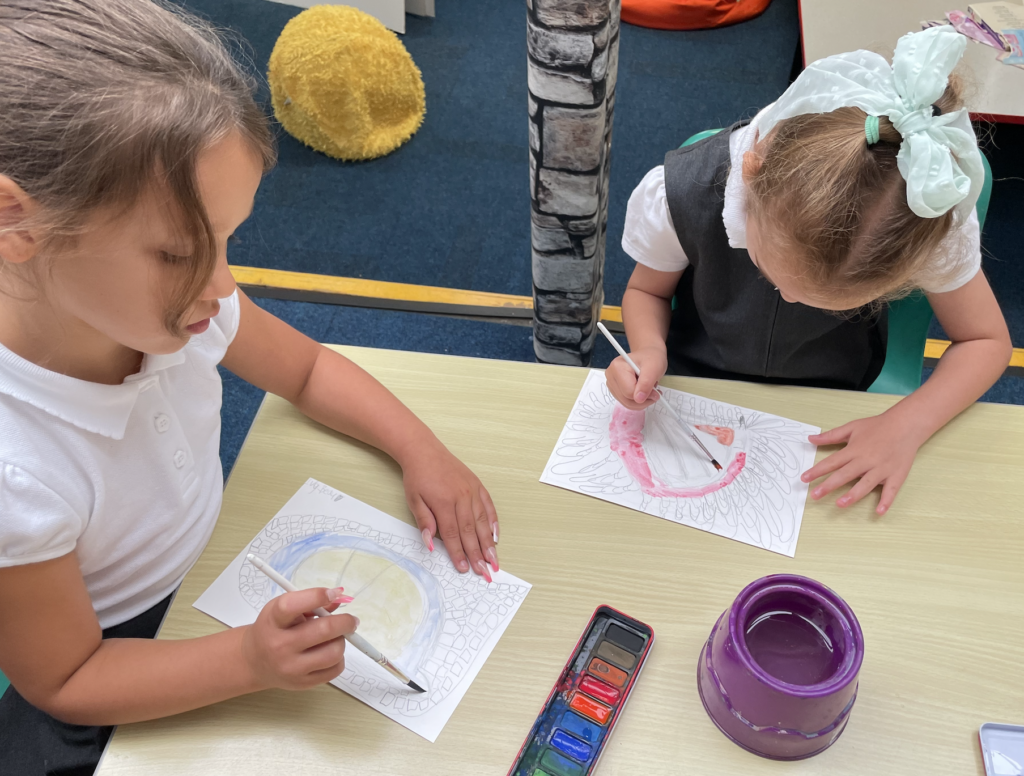
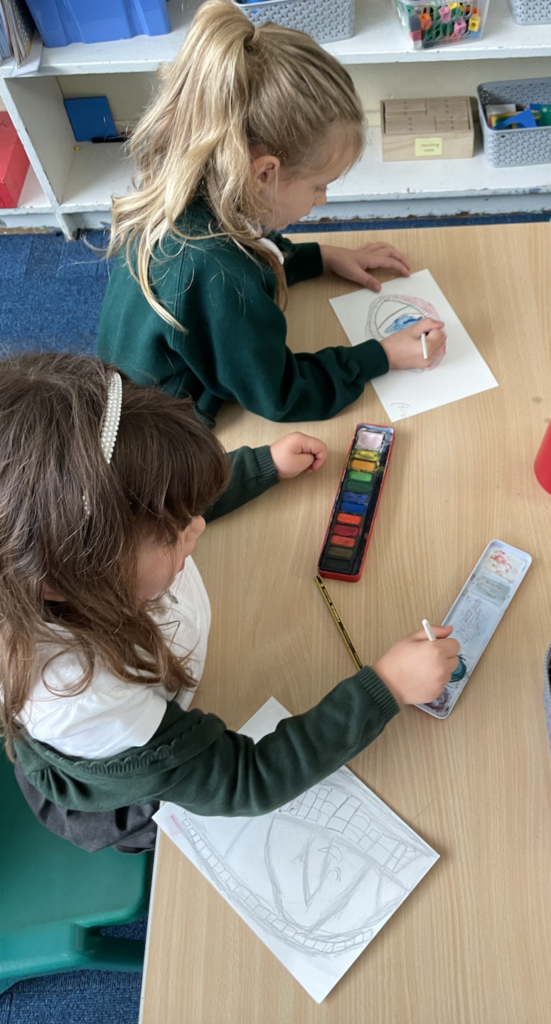
Today, we designed our clay dragon eyes!
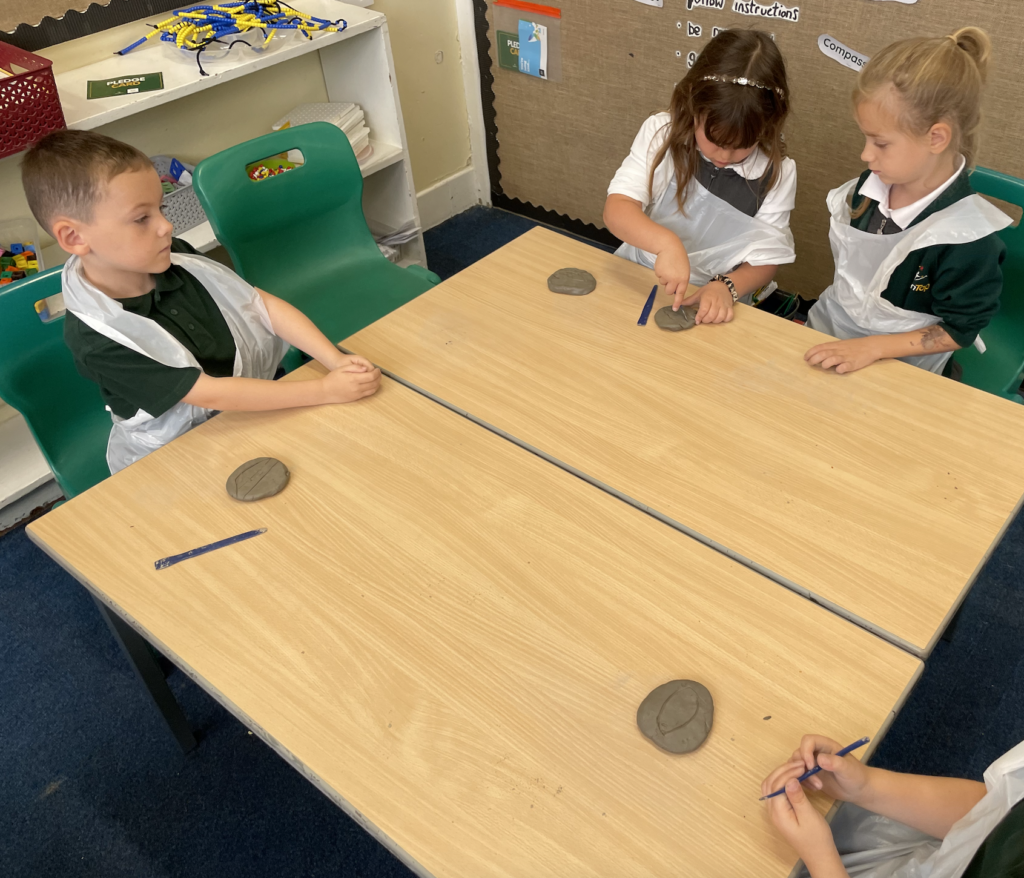
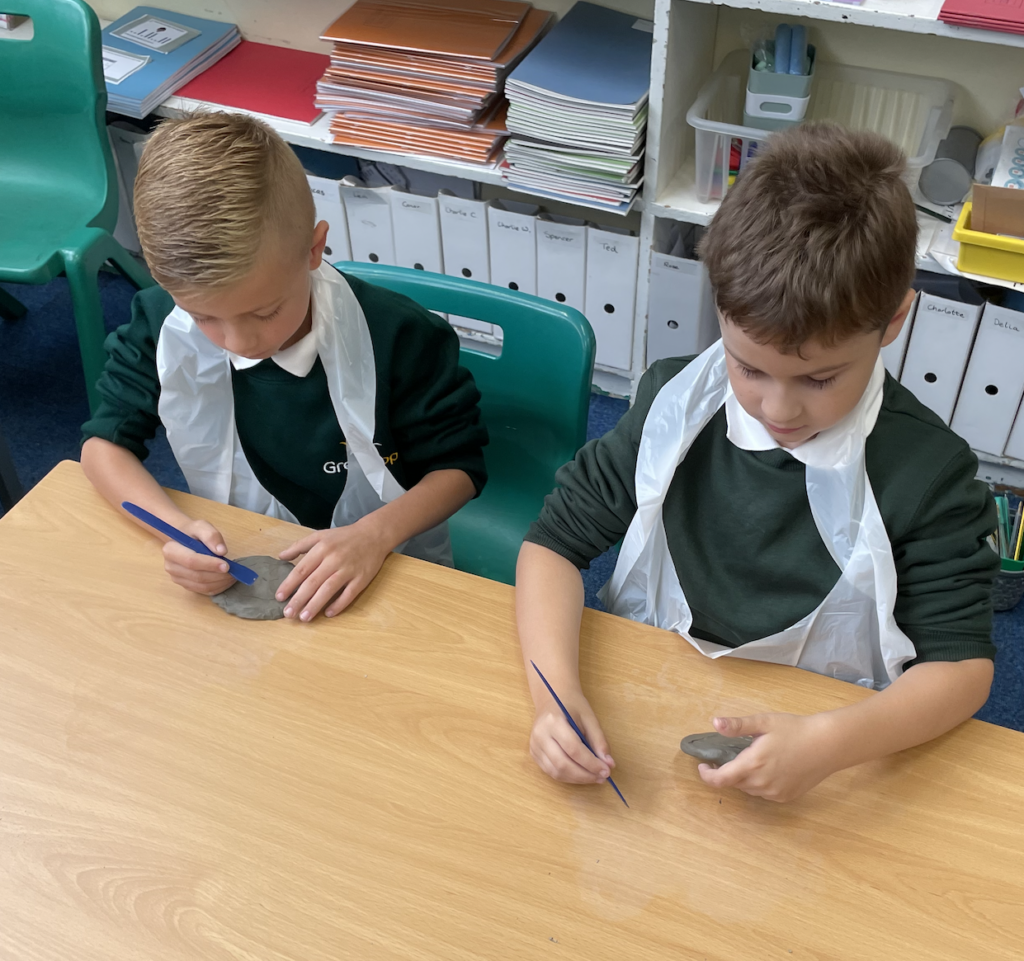
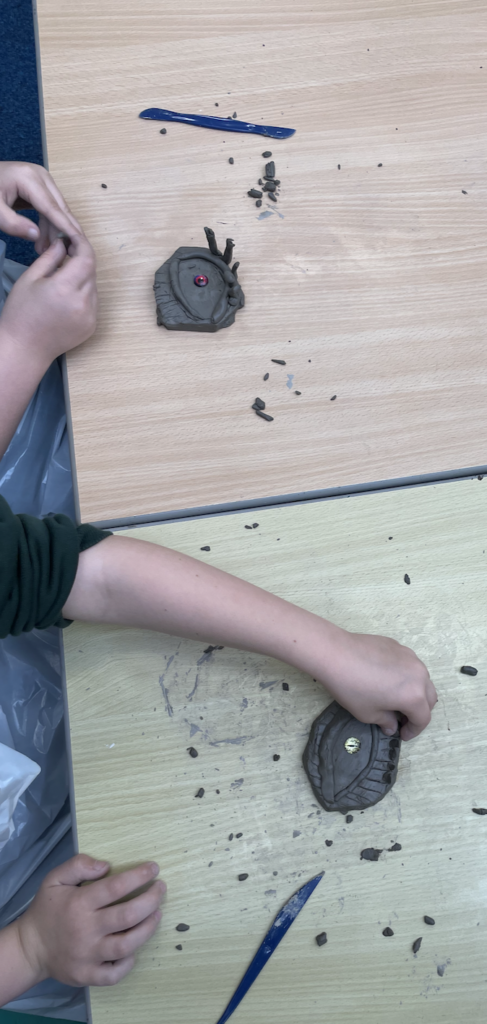
This Friday (6.9.24), it is our dress up day to hook the children into their Expedition. They are welcome to come as anything medieval! They could be kings, queens, dragons or jesters – whatever links to castles, but please don’t worry about buying a costume!
On Tuesday 15th October it is the Family learning for Year 1. This will begin at 1.30 in the afternoon.
For Year 2, your family learning is on Thursday 17th October. This will again be at 1.30 in the afternoon.
We look forward to seeing you all and the amazing costumes!
Class 10 have been looking into religious diversity and understanding how religions can be different. We then created posters to show off the diversity of food, religious buildings and symbols, plus more!
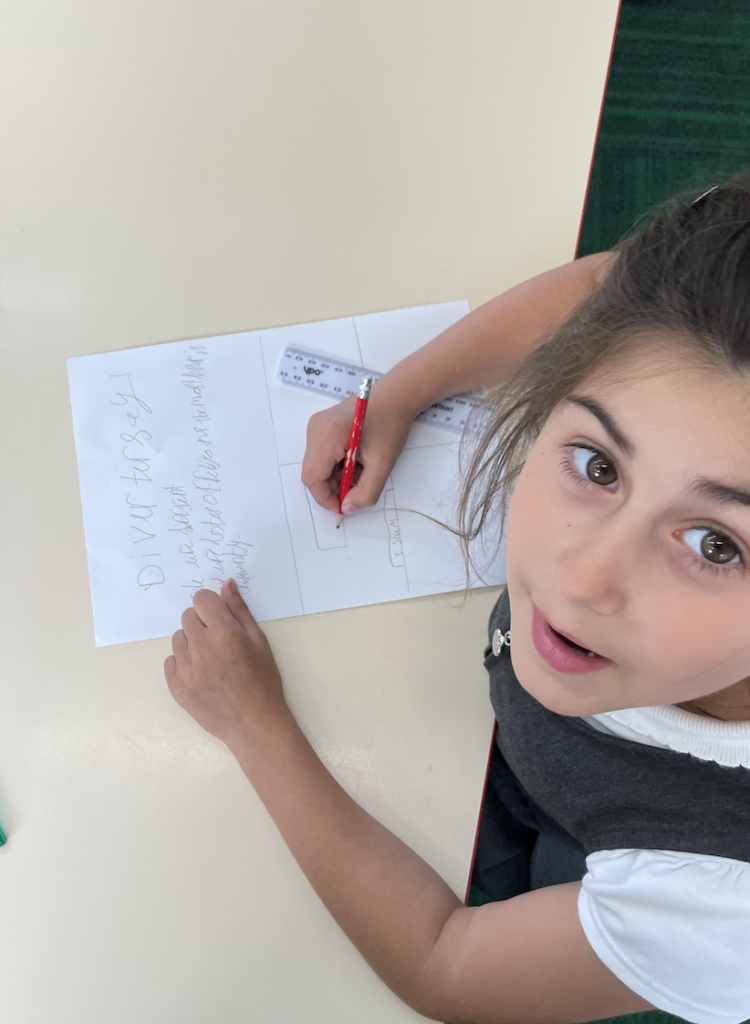
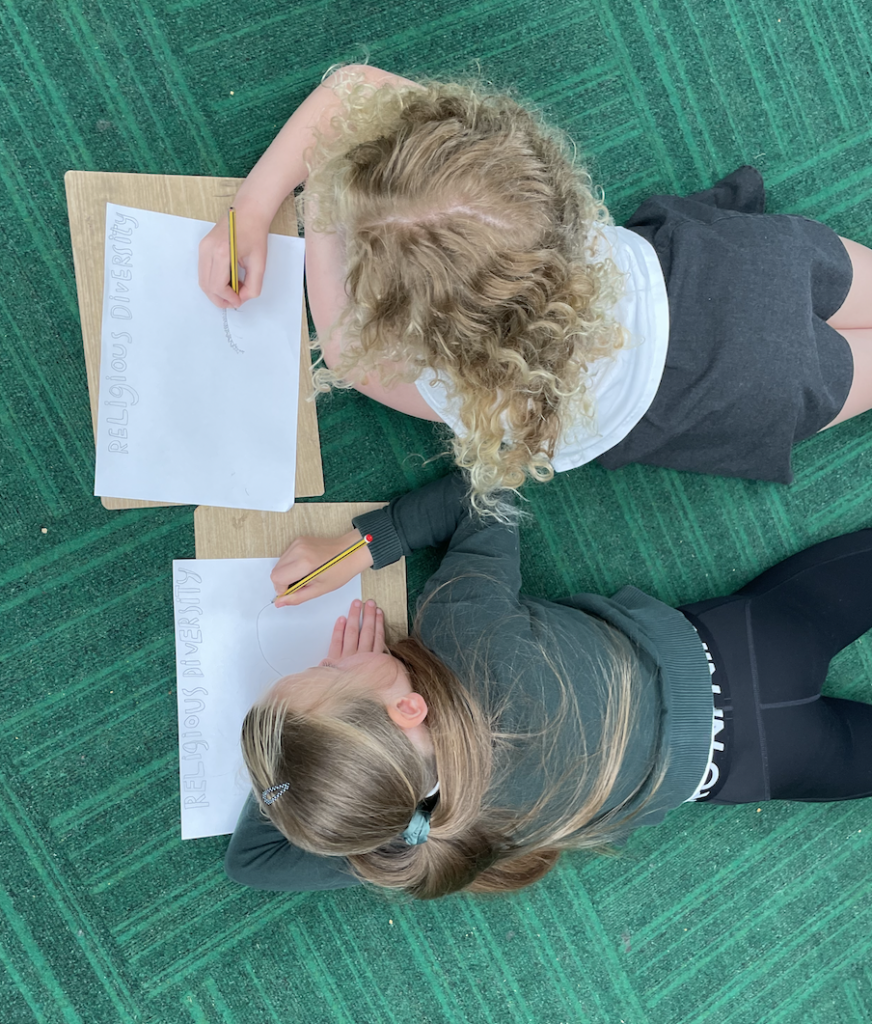

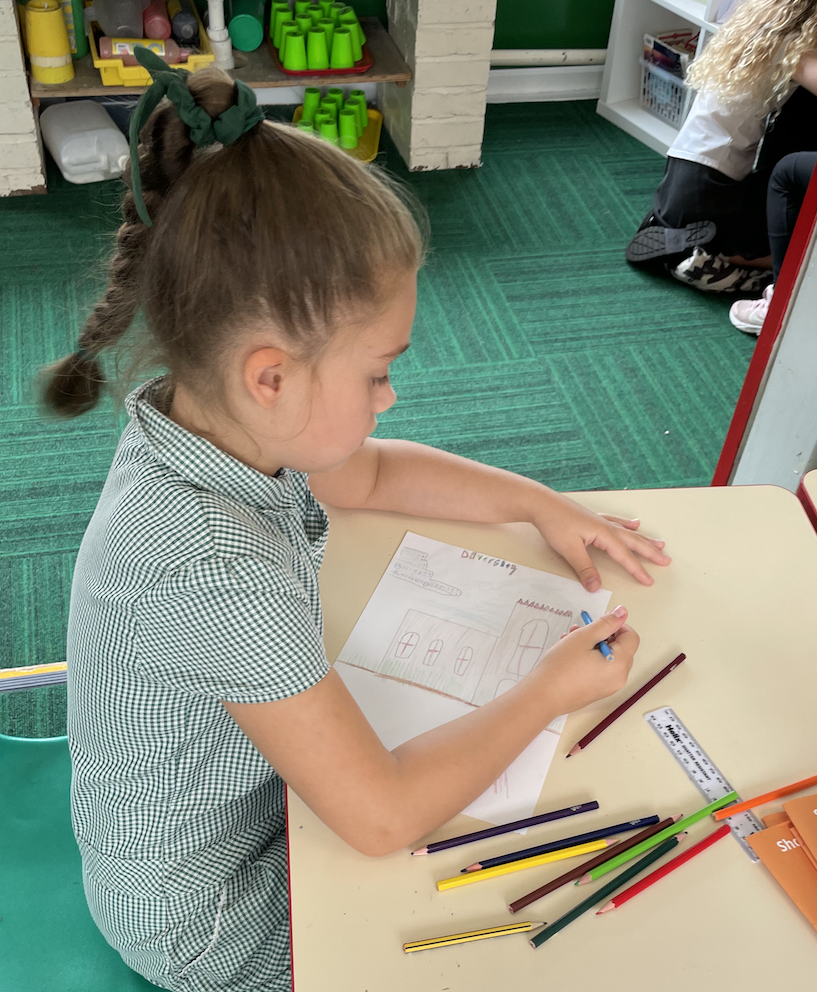

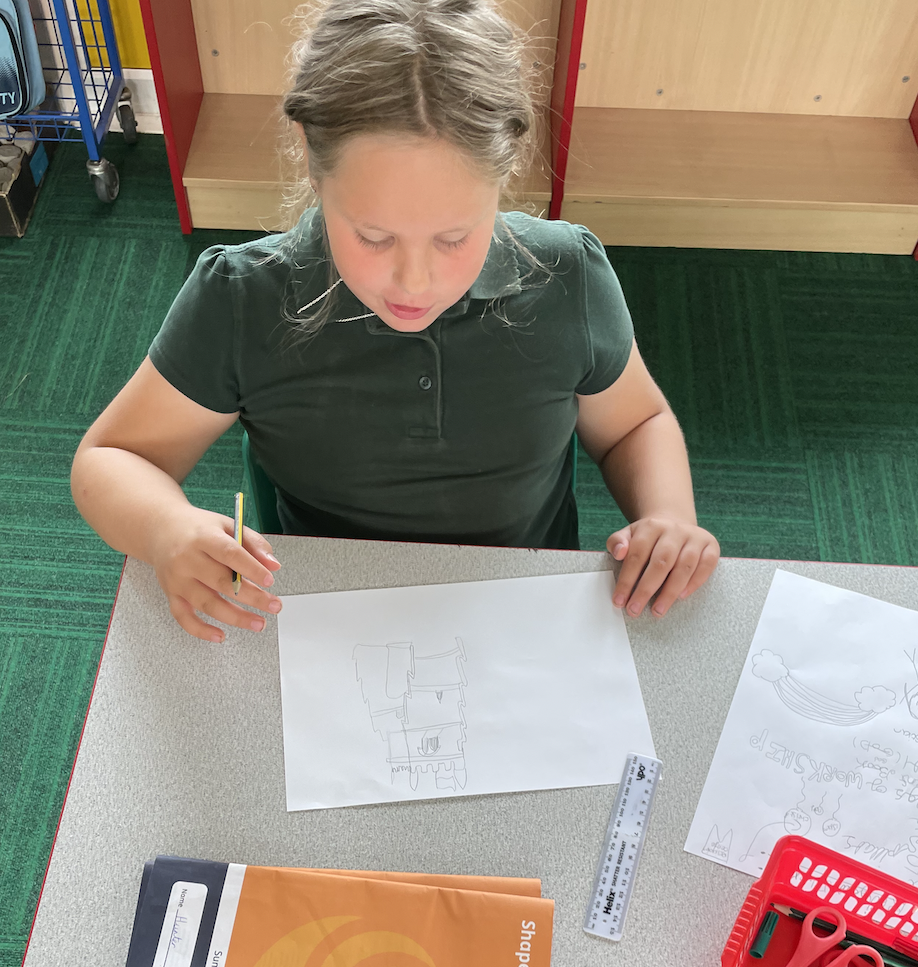
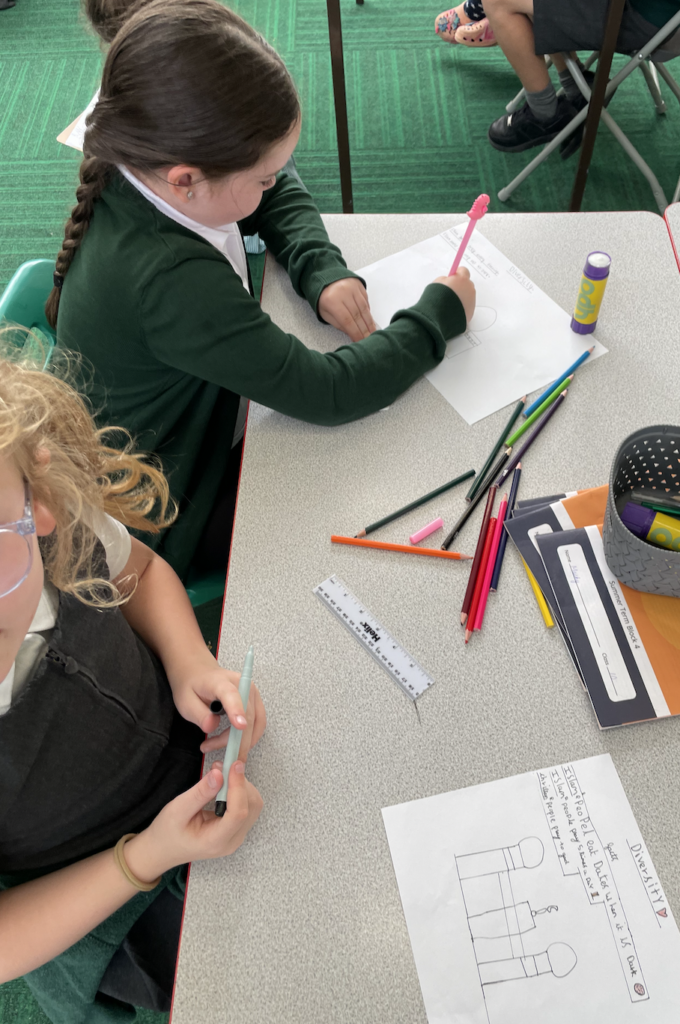
Yesterday, Class 10 learned about the different states of matter and the properties that make them up: solids, liquids and gases!
Today, we looked at whether a solid could turn into a liquid and this involved chocolate buttons. We predicted that the chocolate would melt, meaning it would change from a solid to a liquid, so we held the chocolate in the palm of our hands.
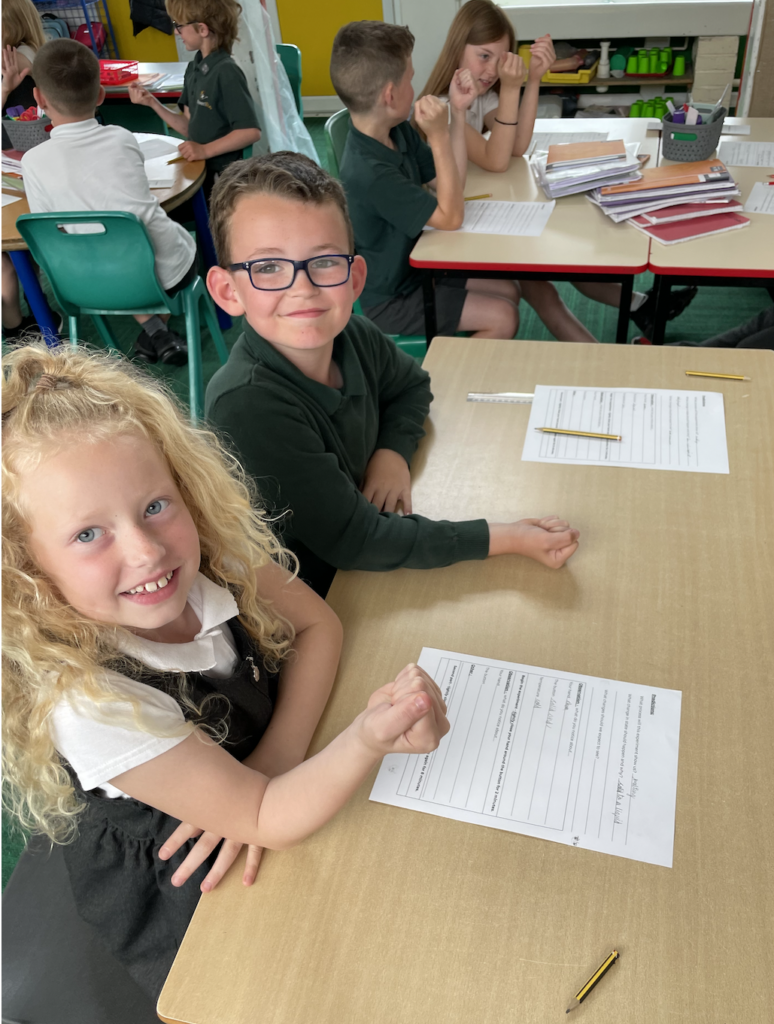


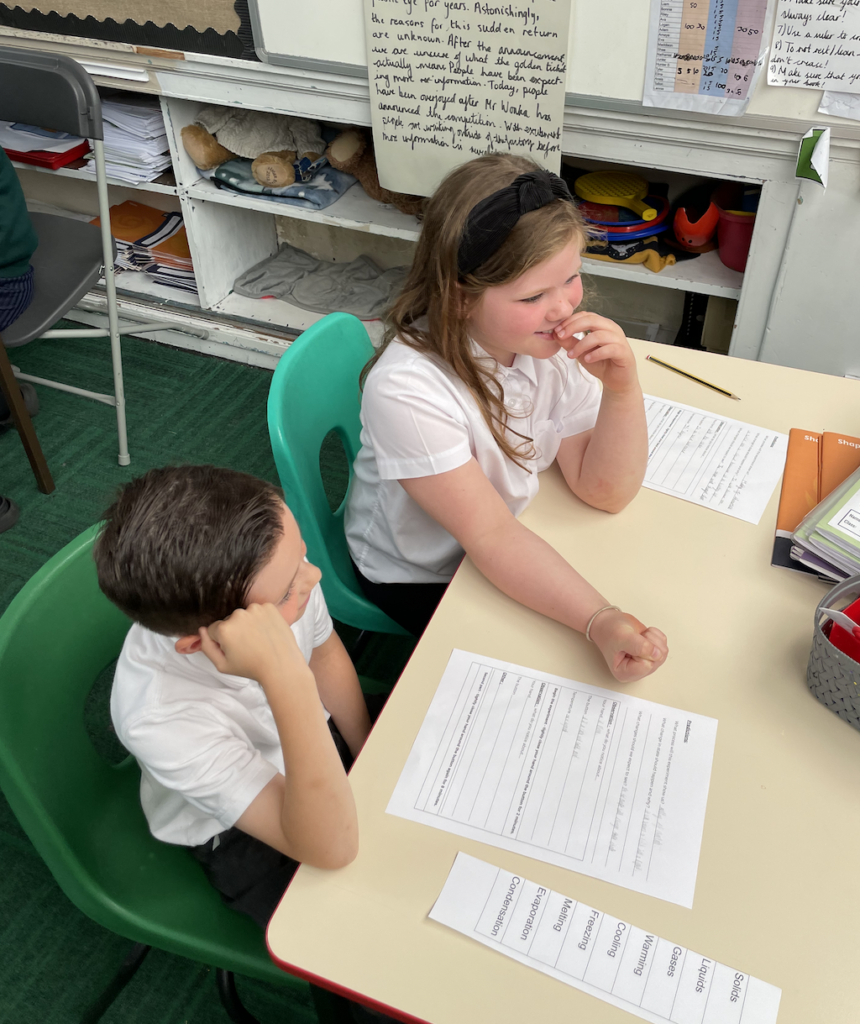
Then we observed what had happened…
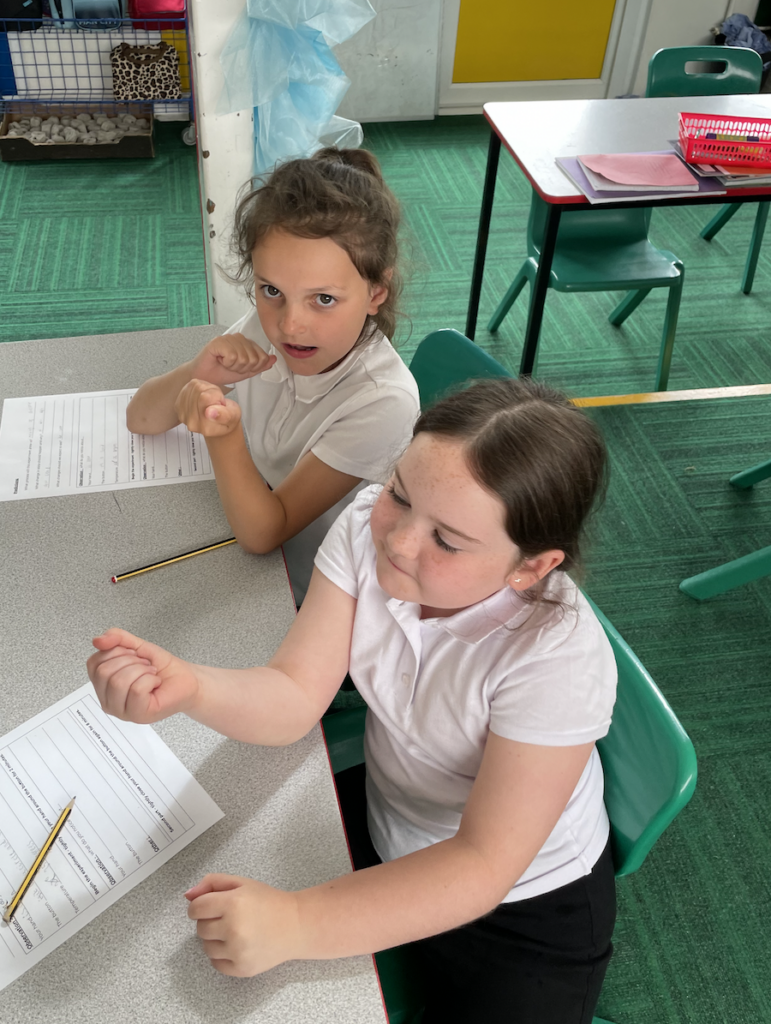

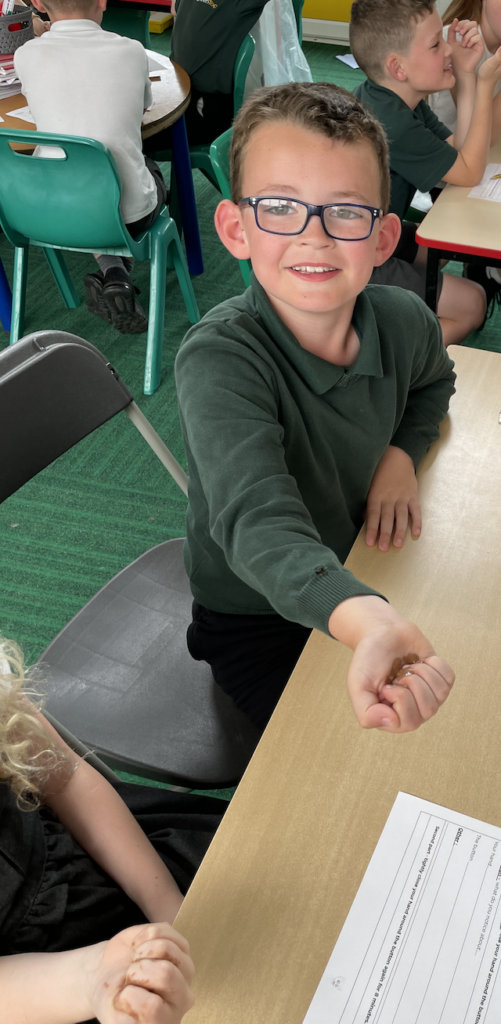
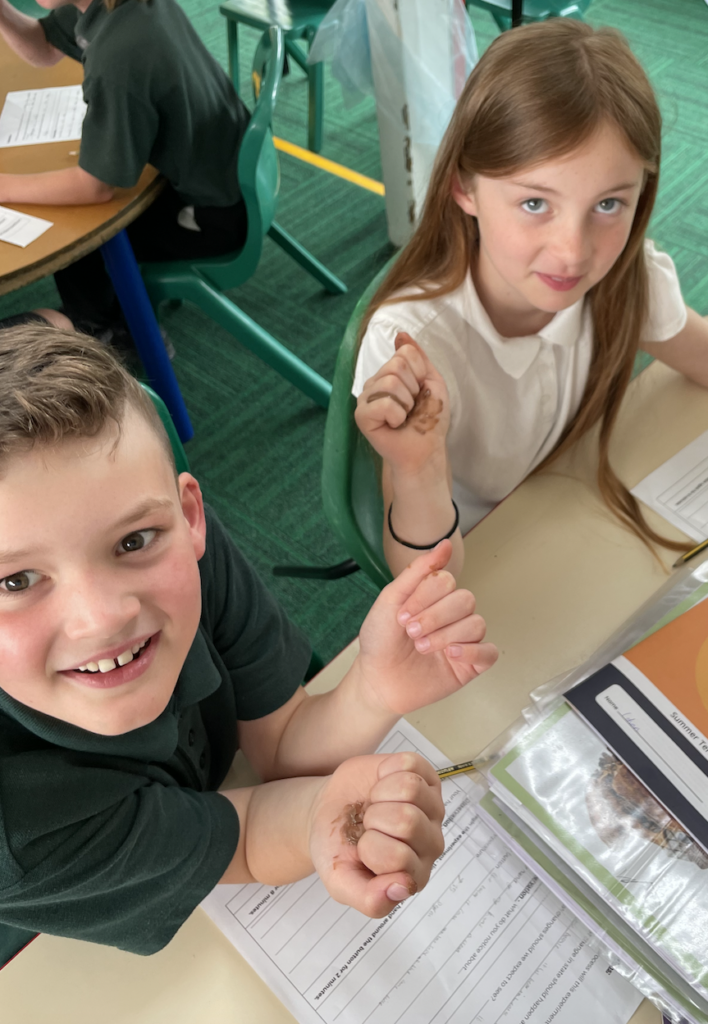
We were correct, so as a treat, we finished off the melted chocolate!
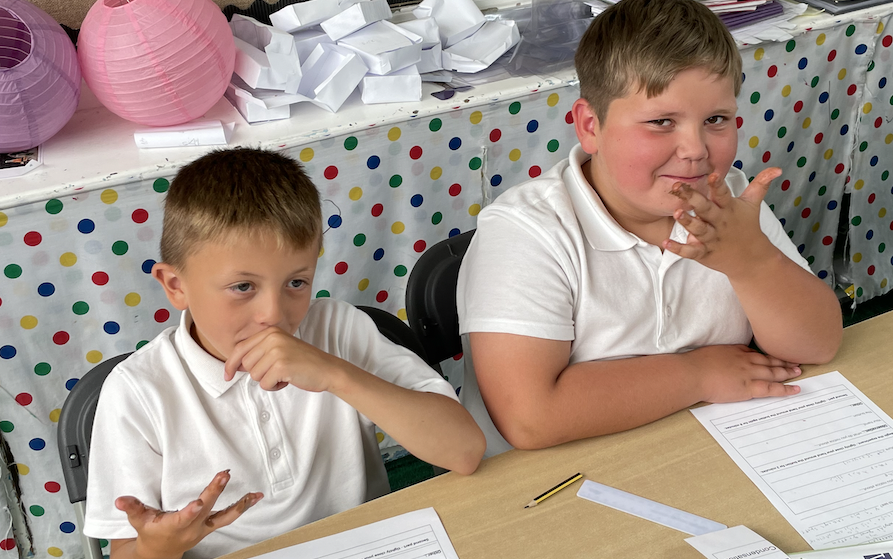
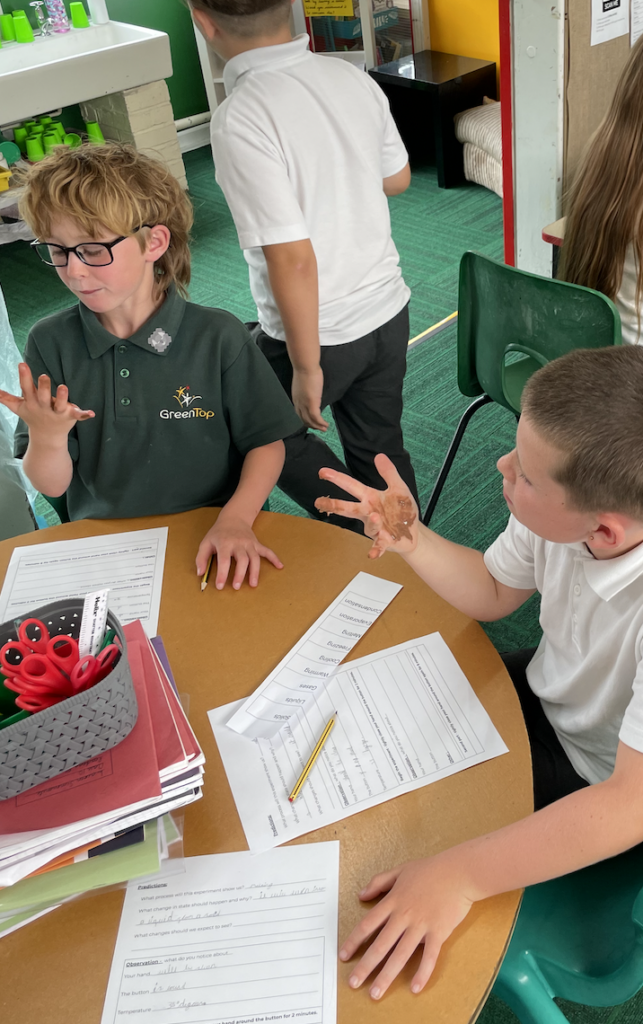
This morning, Class 10 visited the pentecostal church in our local community. As part of our final product, we wanted to celebrate those who help our community. We knew we had to thank our local charities!
The children made brownies specially for the workers and produced their own Mayan inspired boxes to deliver the chocolatey goods in! It was a huge success! Class 10 were really proud of their beautiful work, appreciated helping in the shop and are even asking to go again ASAP!
I would like to thank the charity group for being so welcoming and brilliant with the children as well – it was really a lovely morning had by all and I suspect it won’t be the last!
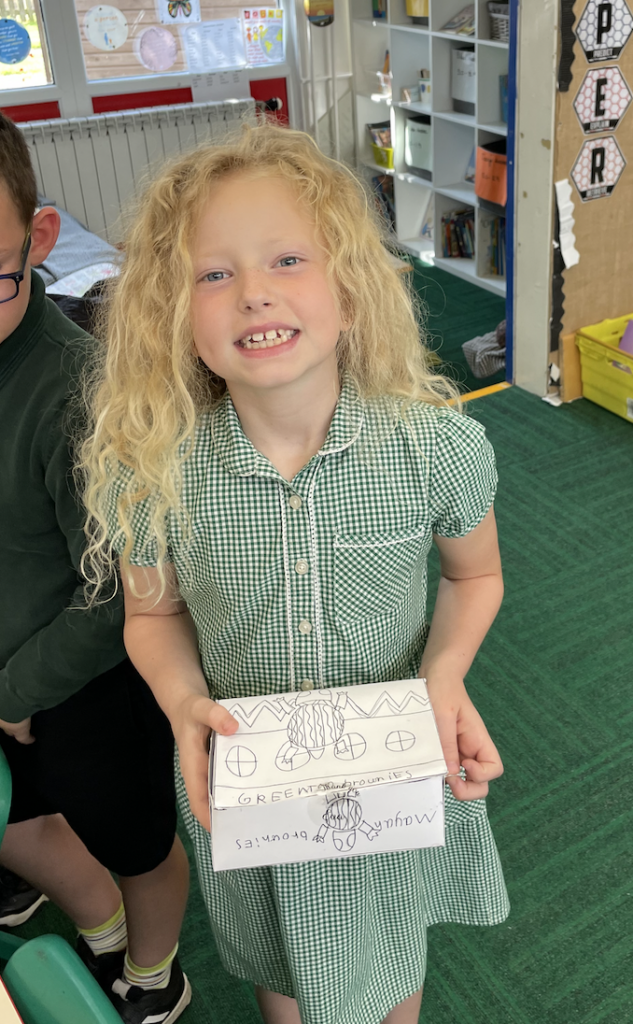
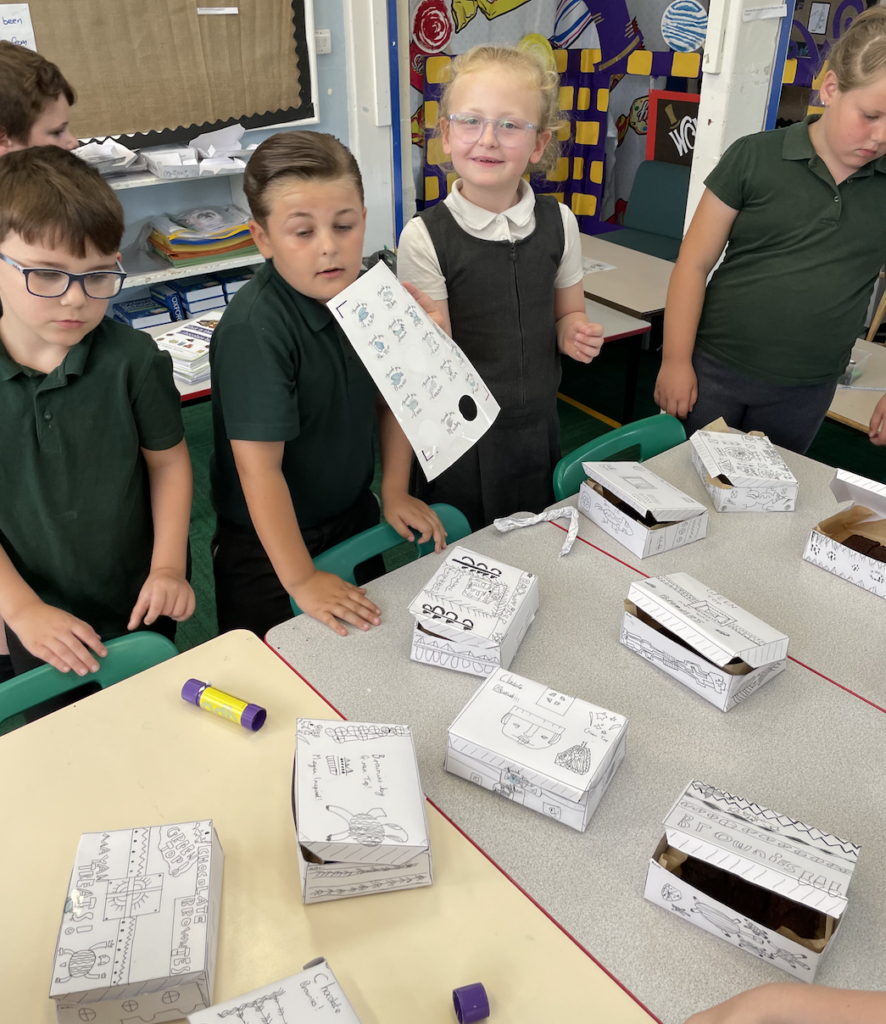

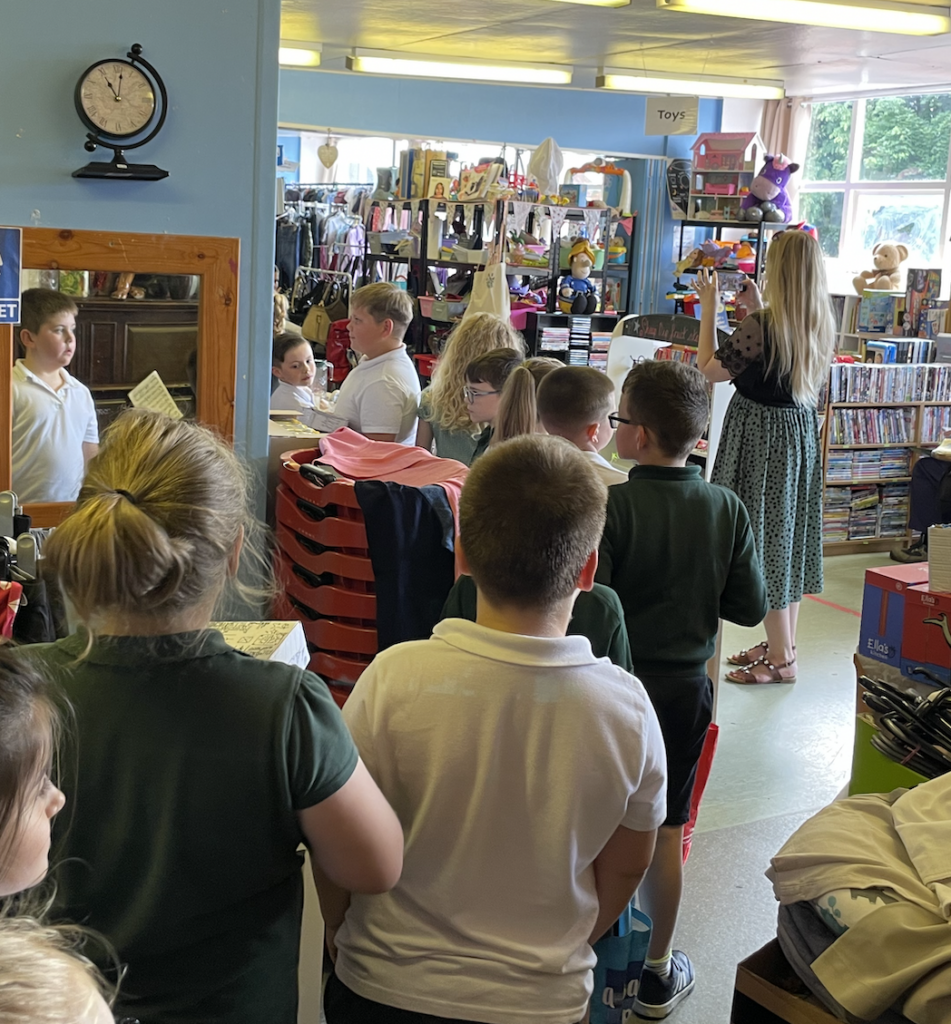
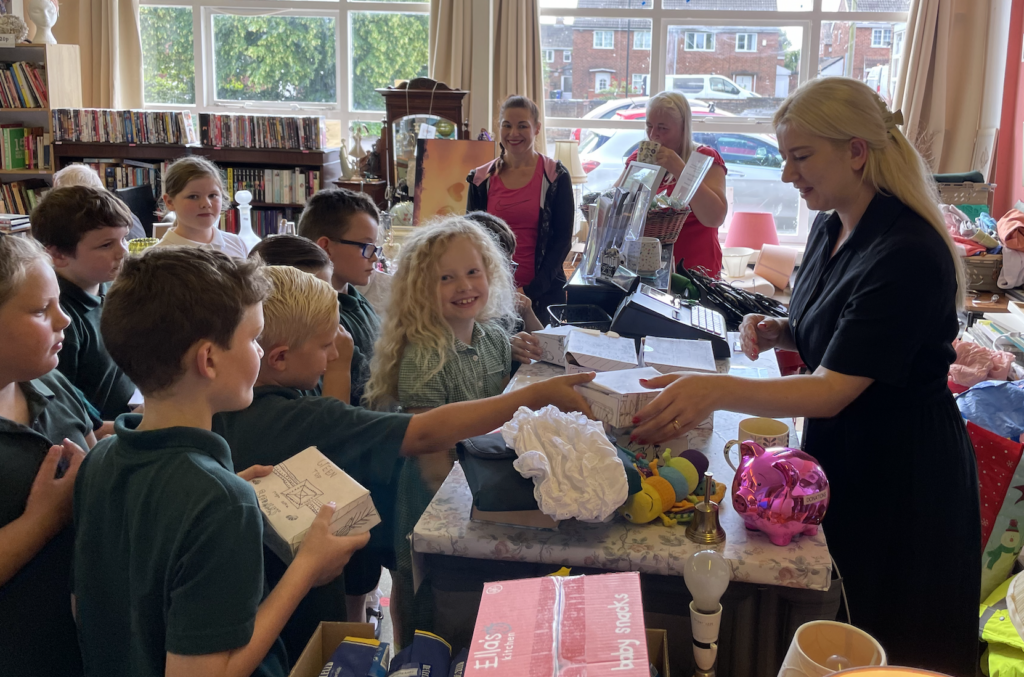

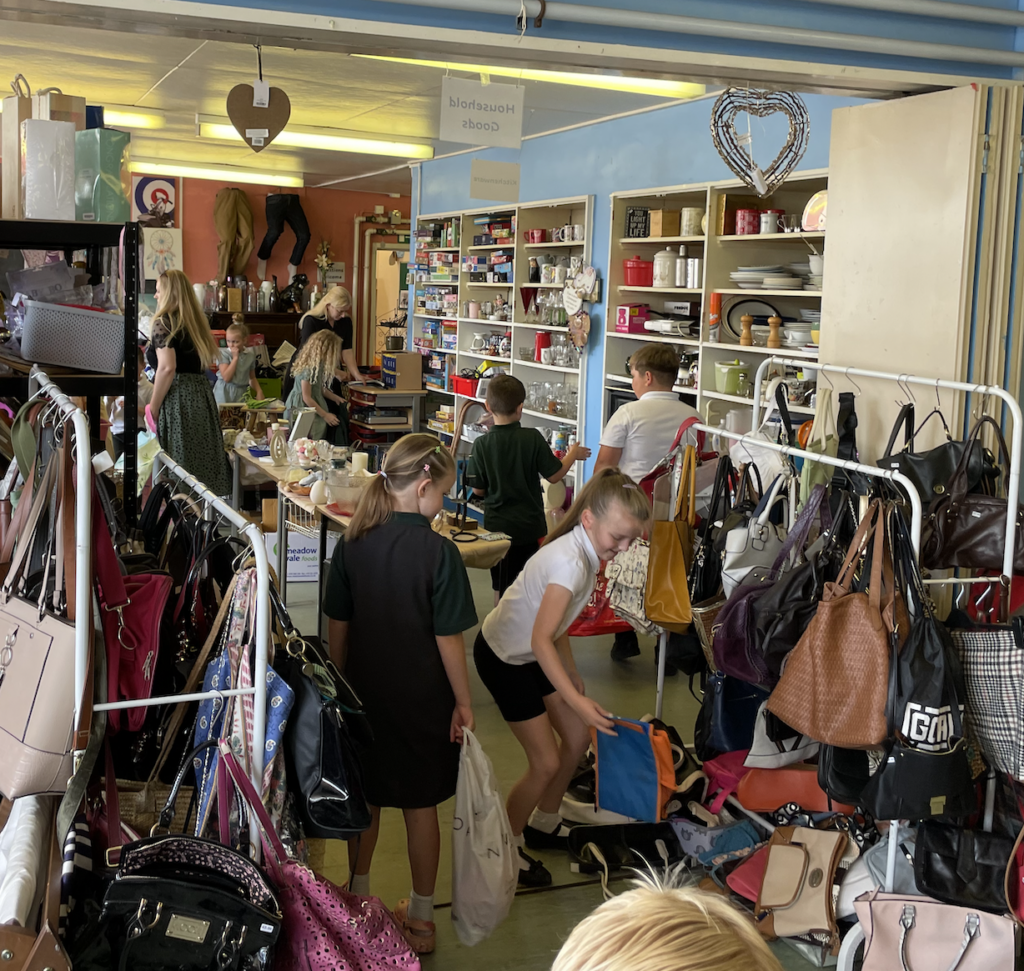
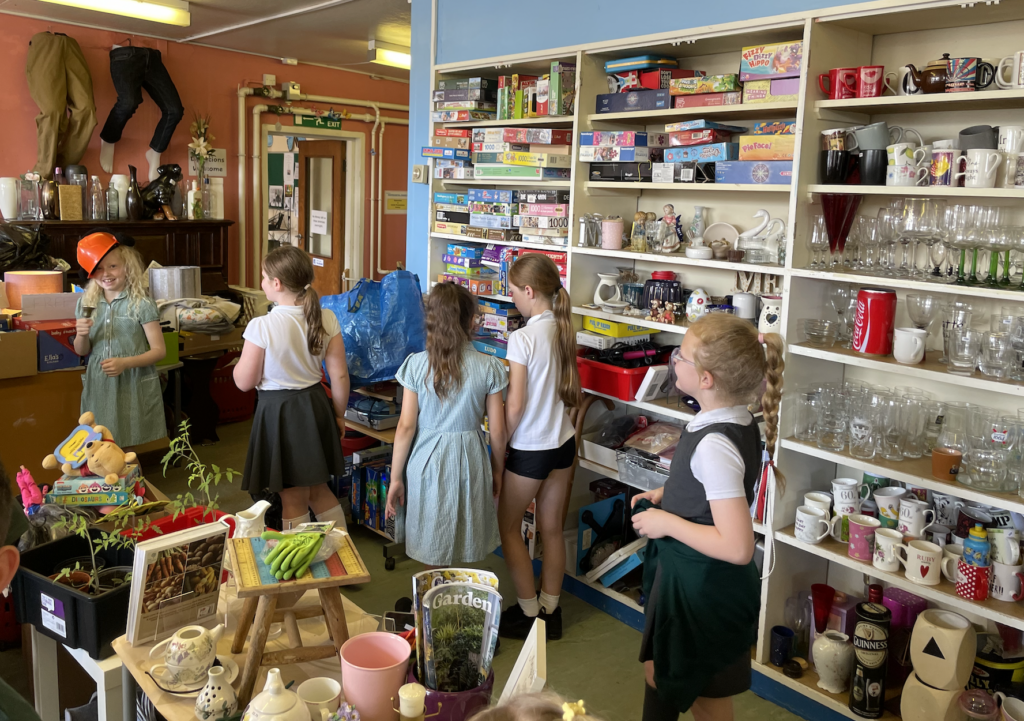
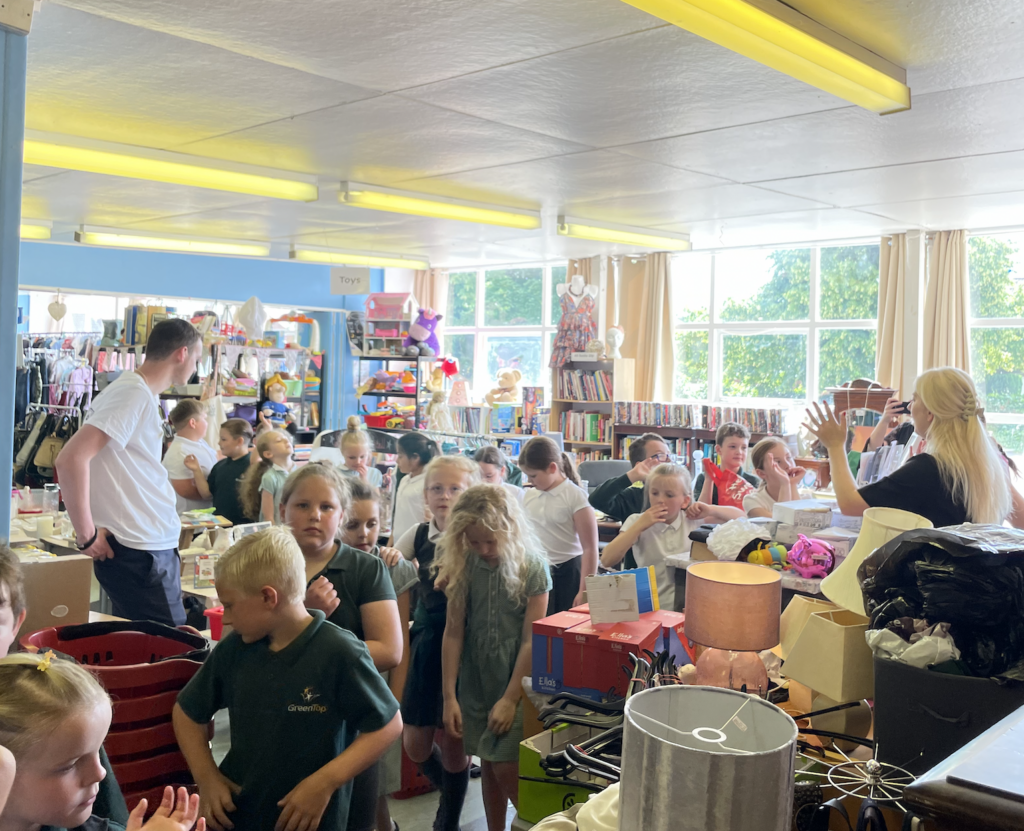
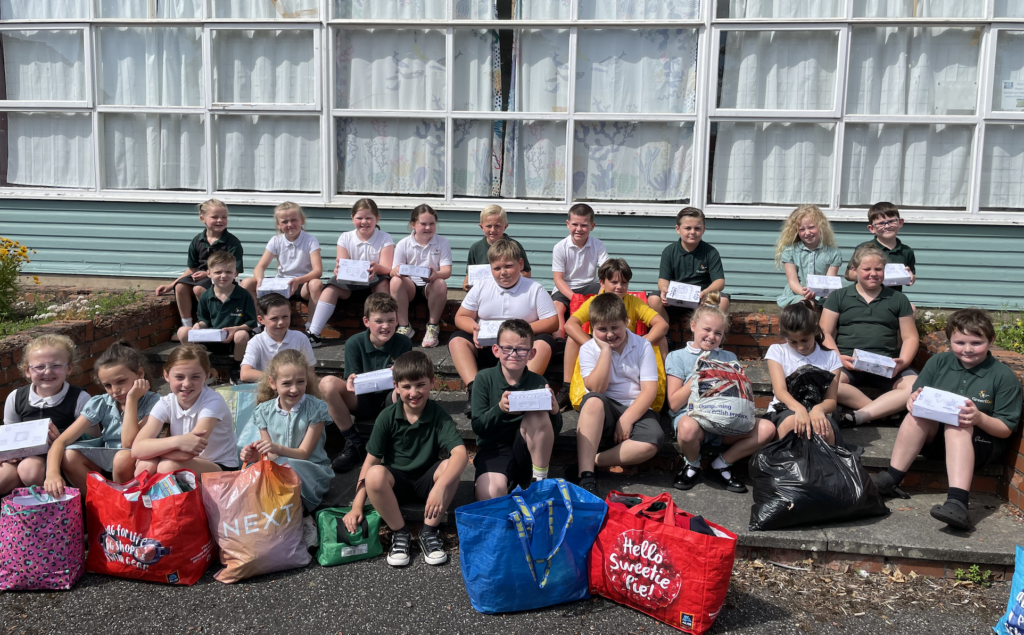
Last week, Class 10 were working hard on part of their final product. Our designs are looking great and we hope that the the local community appreciate them too!
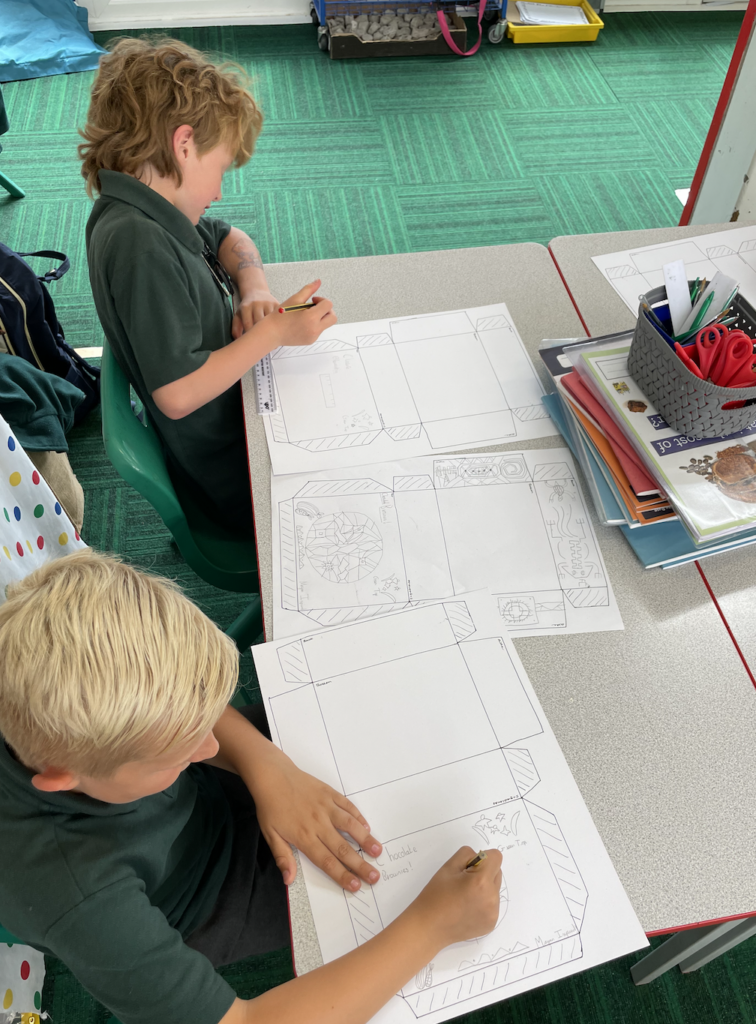
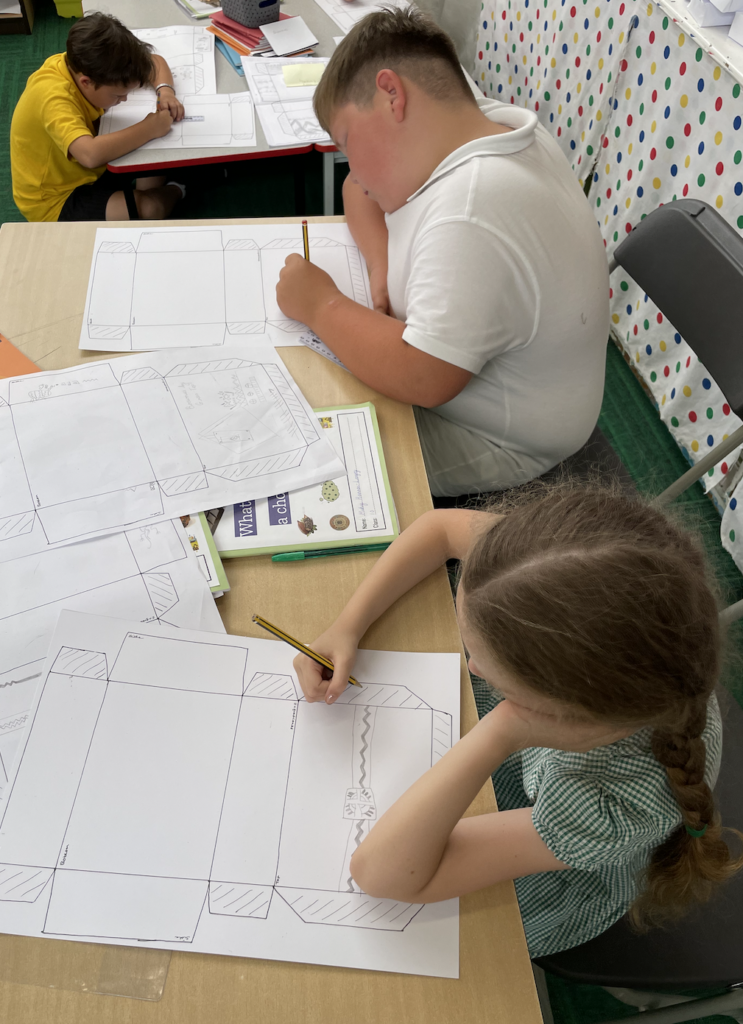

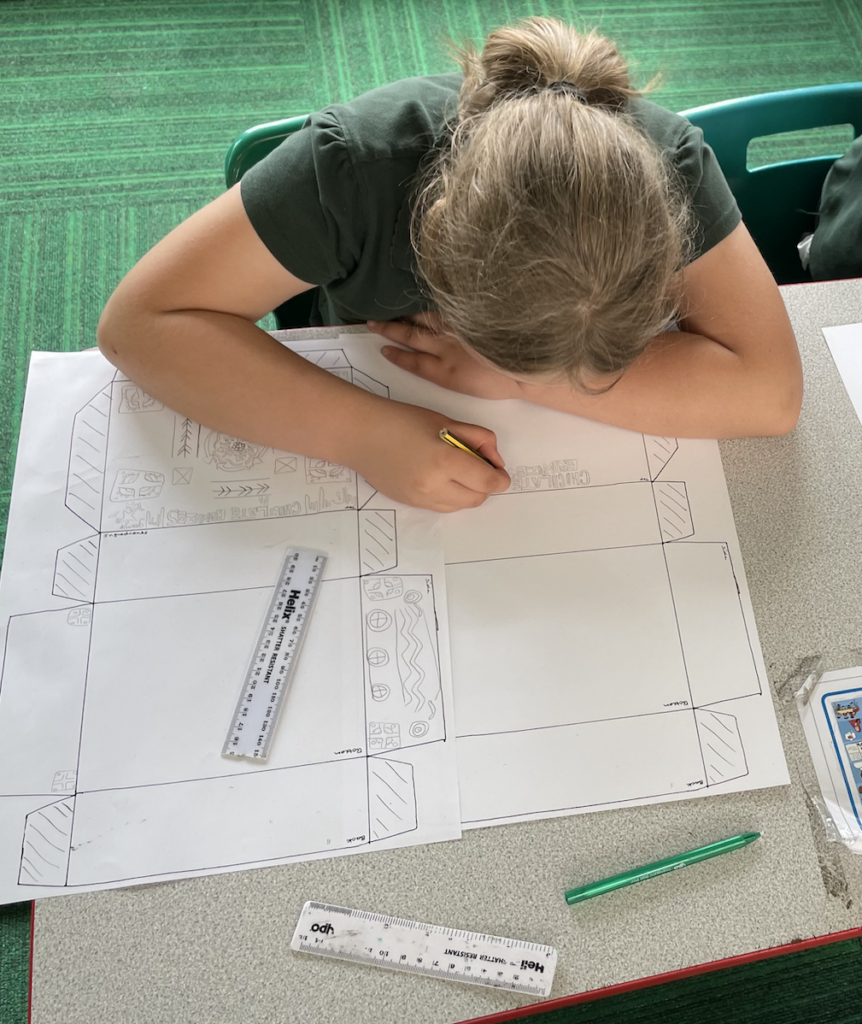
Yesterday was national Writing day. This mean the children had freedom to write about a chosen image and decide what genre to write about. We had some fantasy tales, some newspaper articles and some excellent narratives. The children tried to remember features that we have used this year as well. There were some really lovely and interesting pieces of writing and what was great to see was the fun had by all when writing their pieces of work. It was a relaxed atmosphere and then we loved hearing what others wrote.
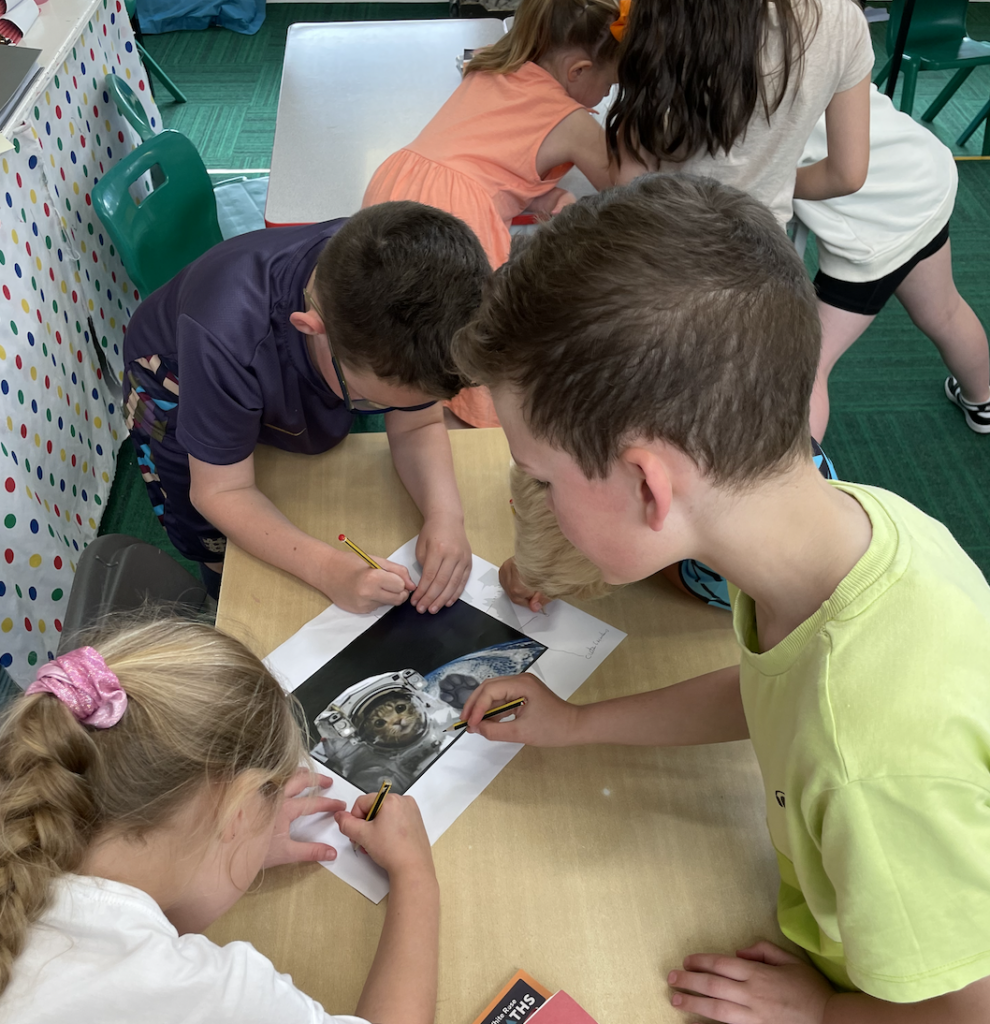
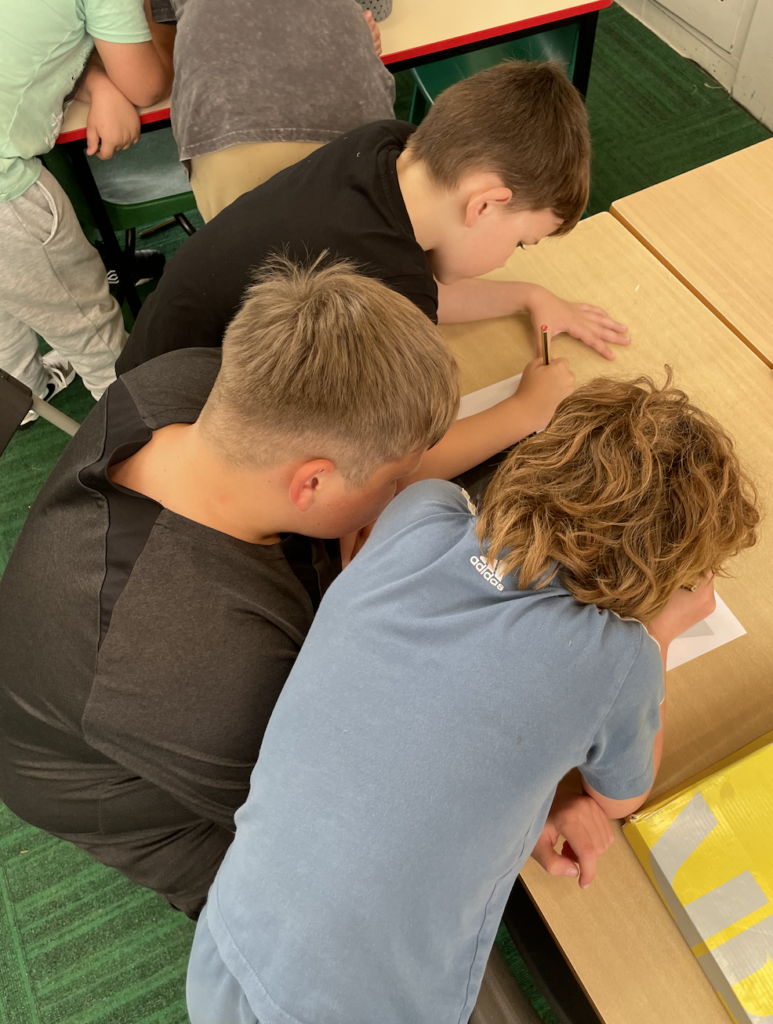

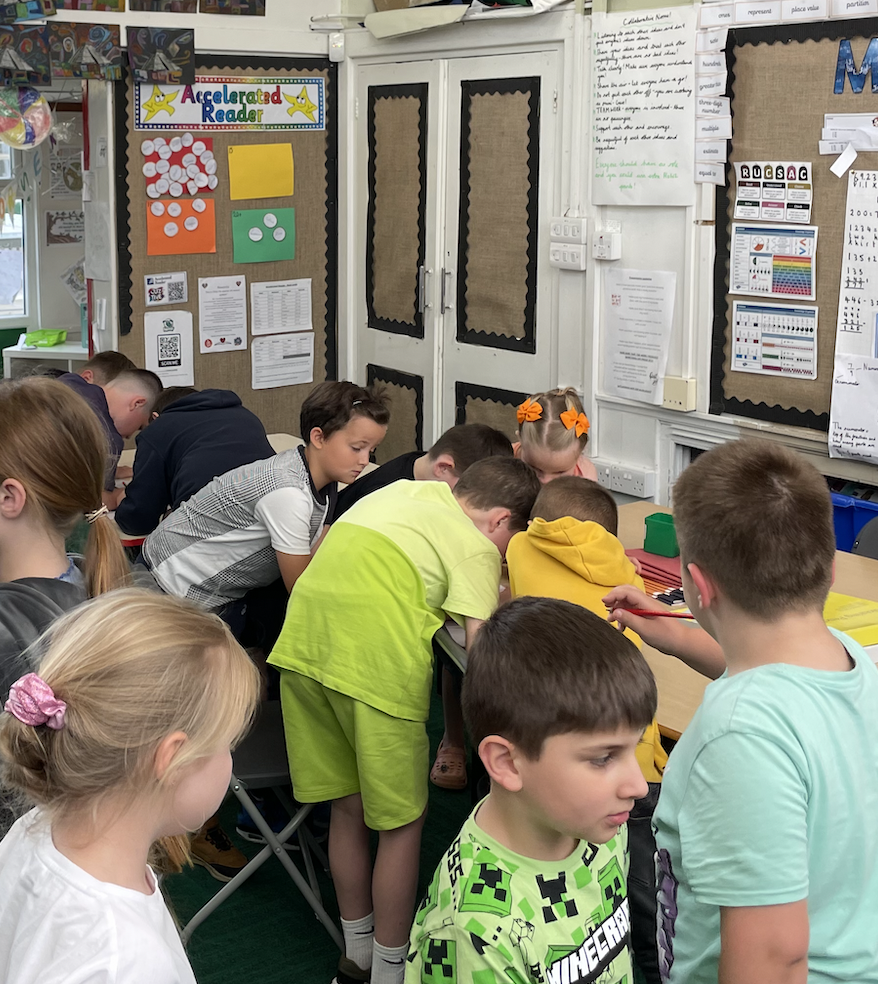
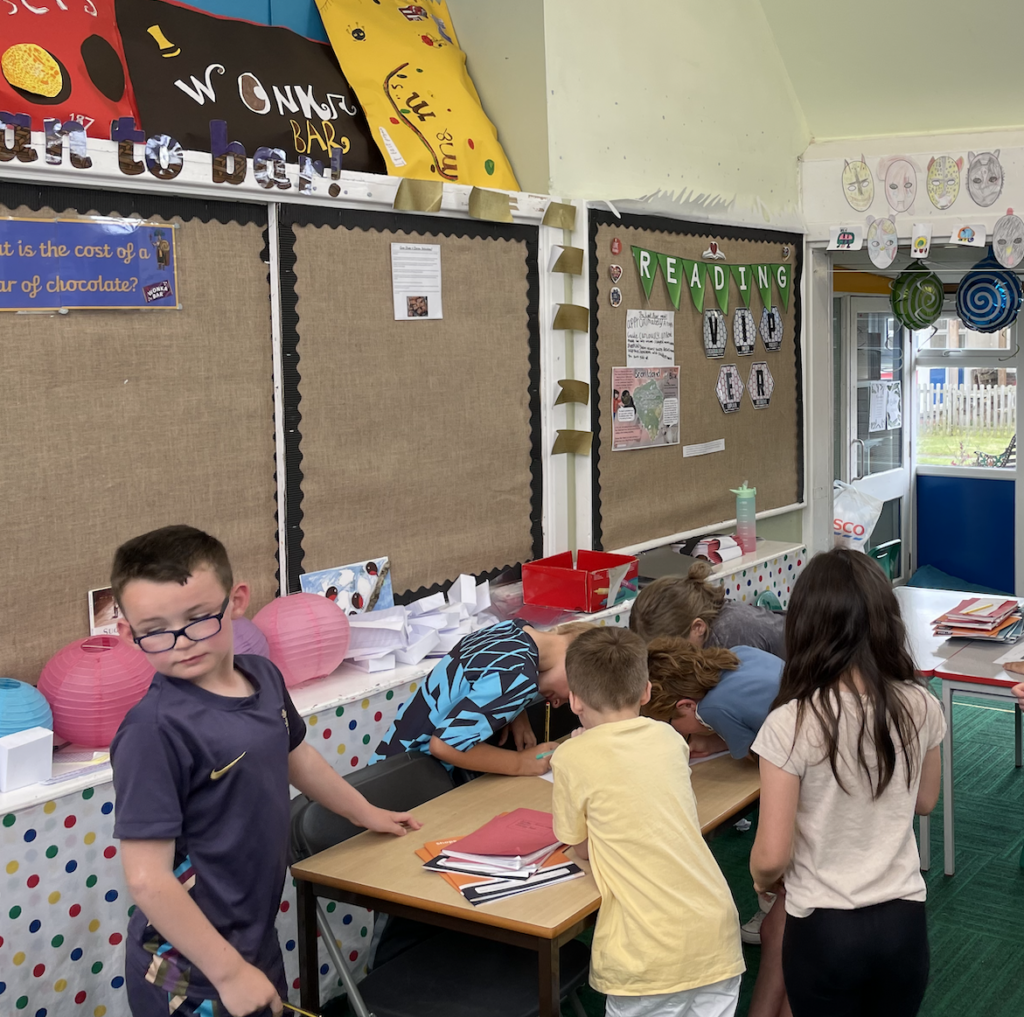
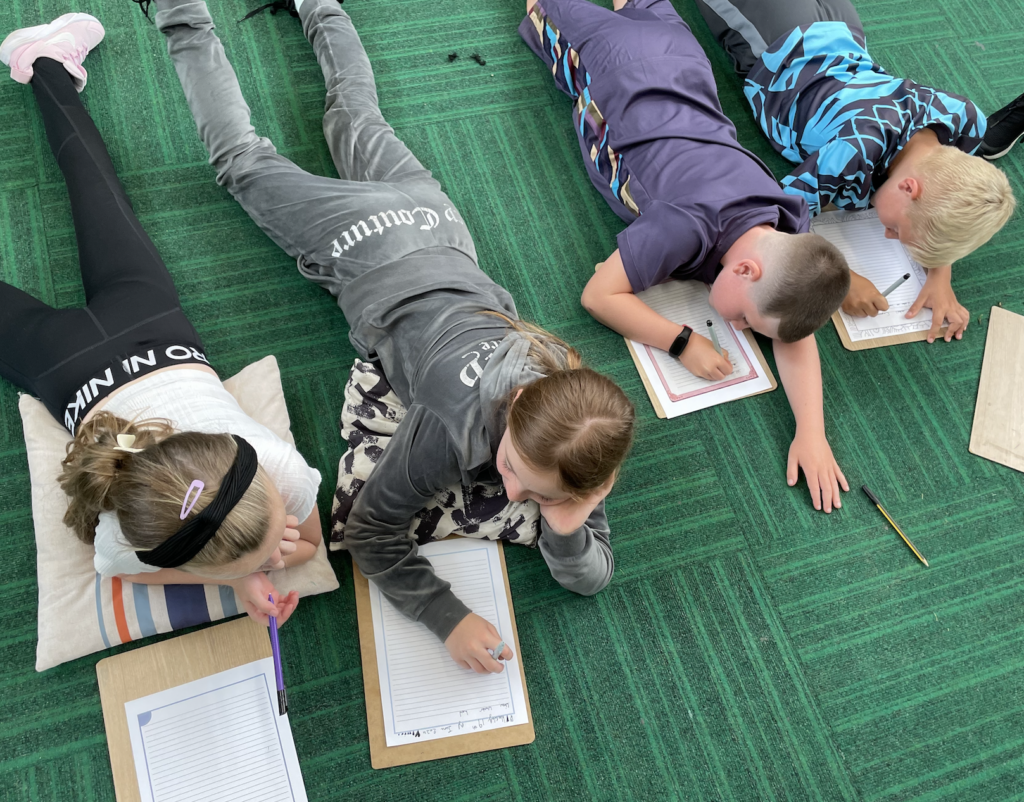

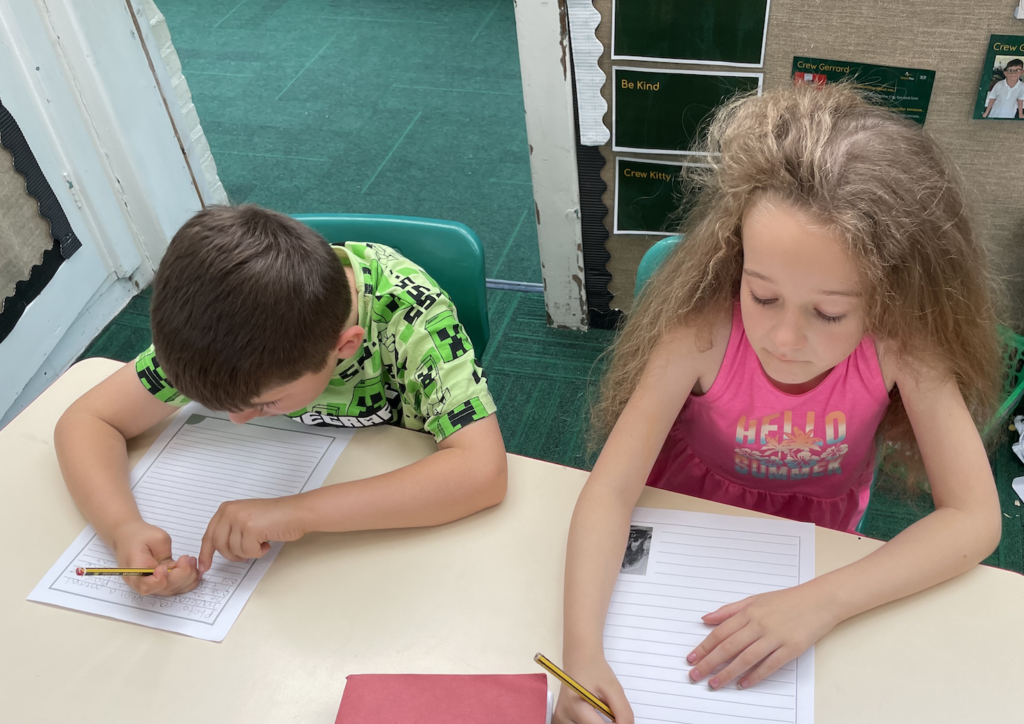
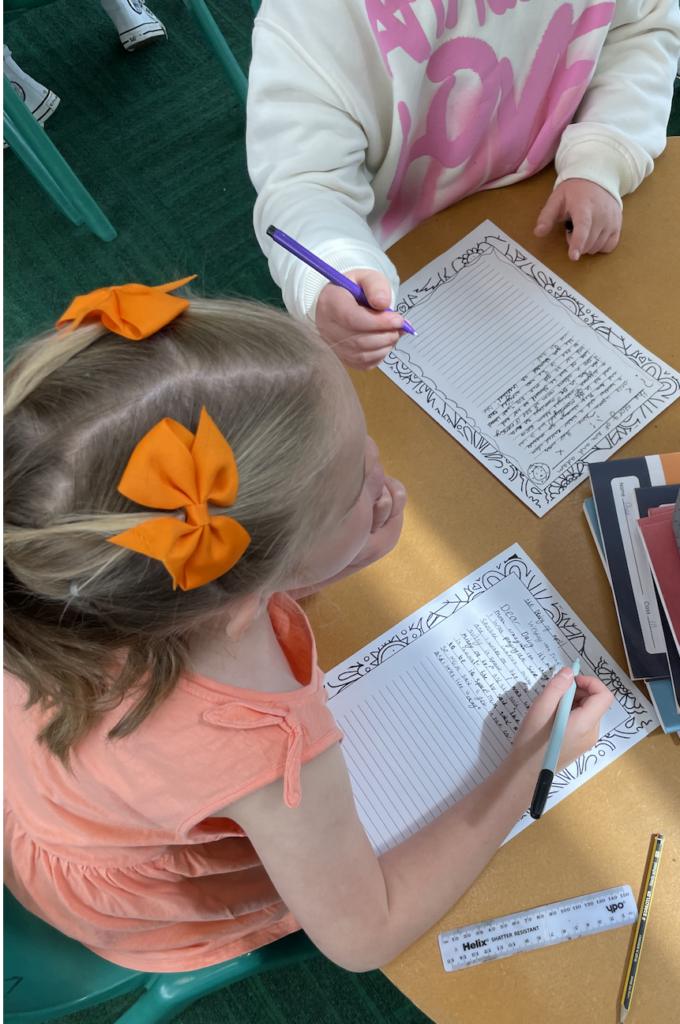
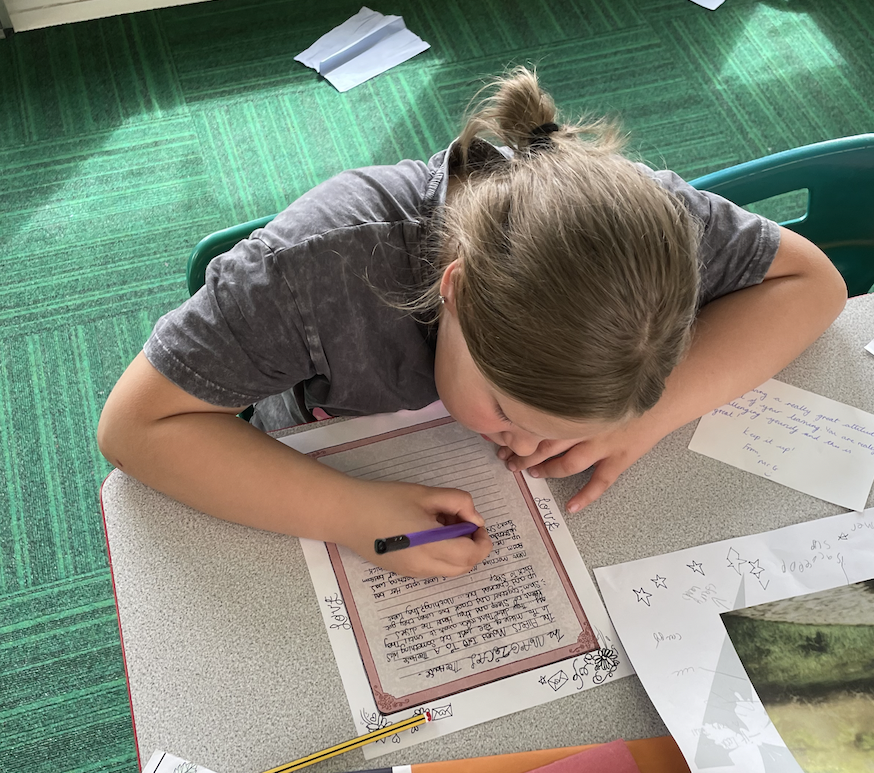
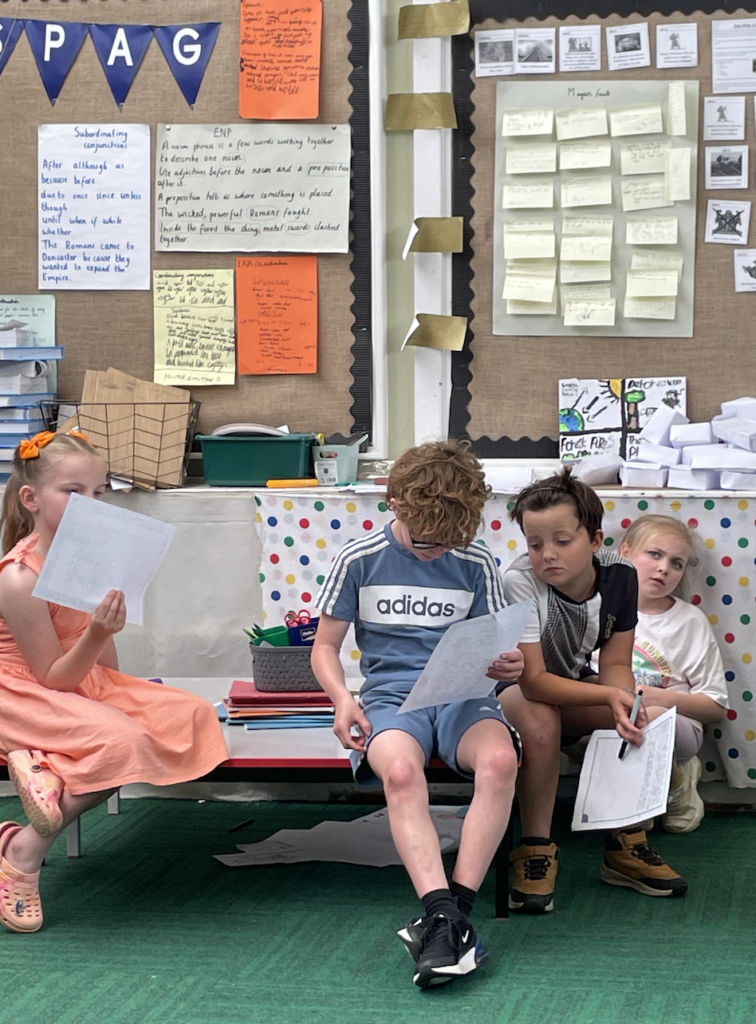
Crew Walton have worked so hard today, planning, writing, editing and producing final drafts of their own stories for National Writing Day. Everyone worked so hard, choosing from a range of picture stimuli from which to base their pieces. What a successful day!
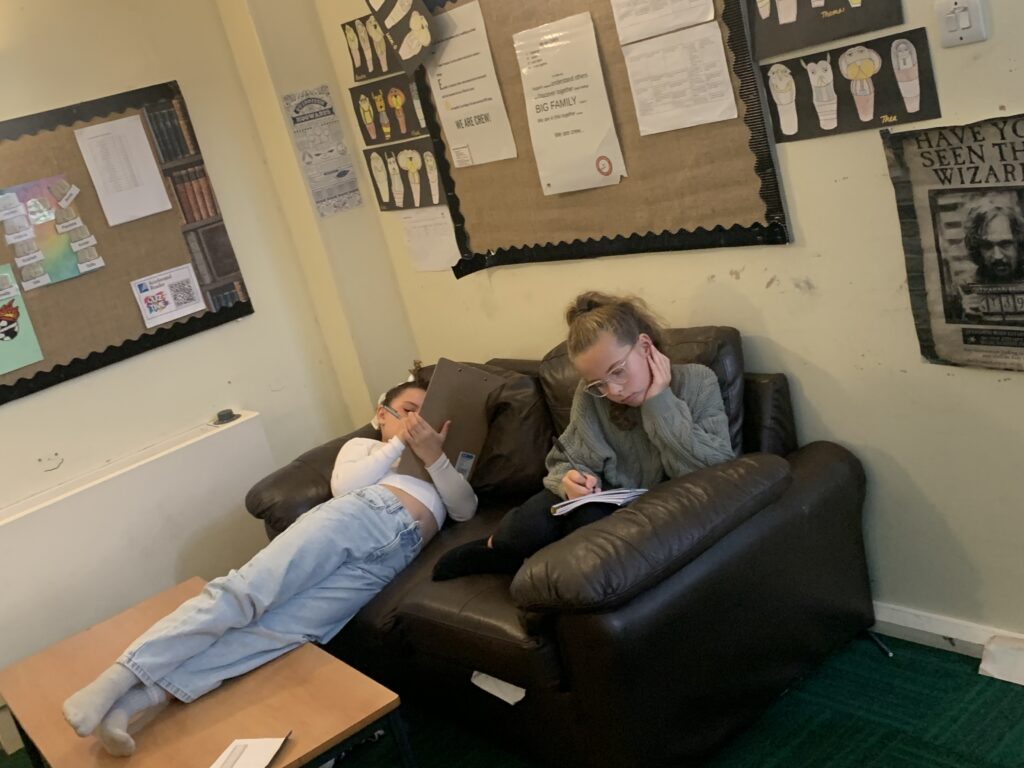


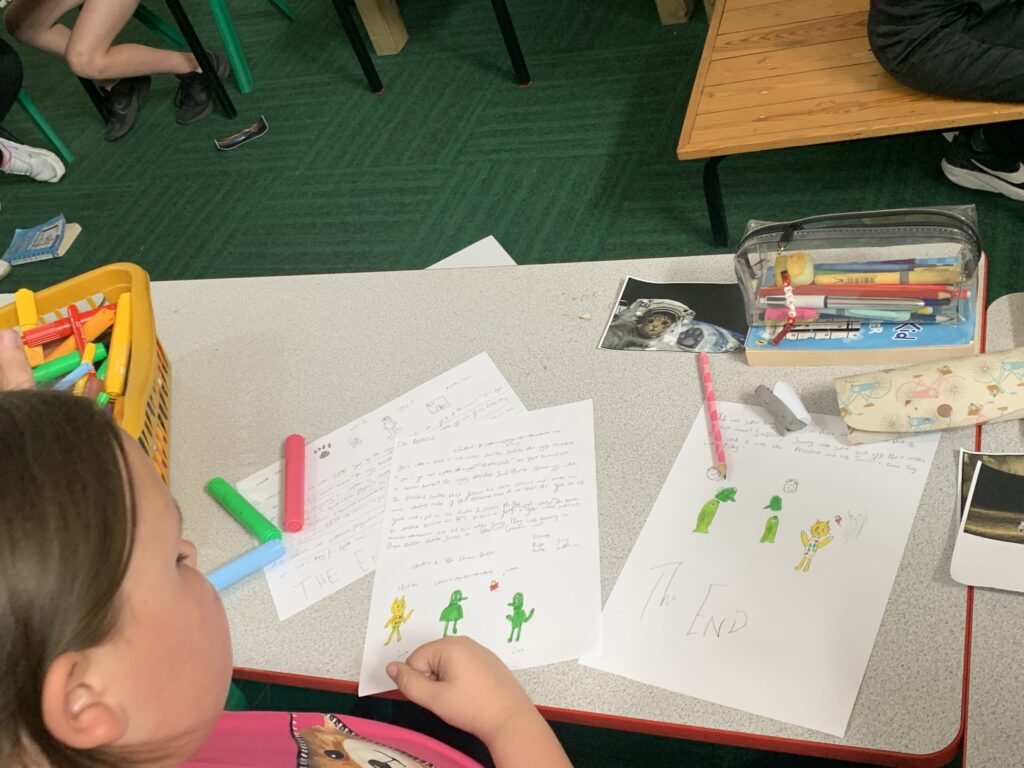
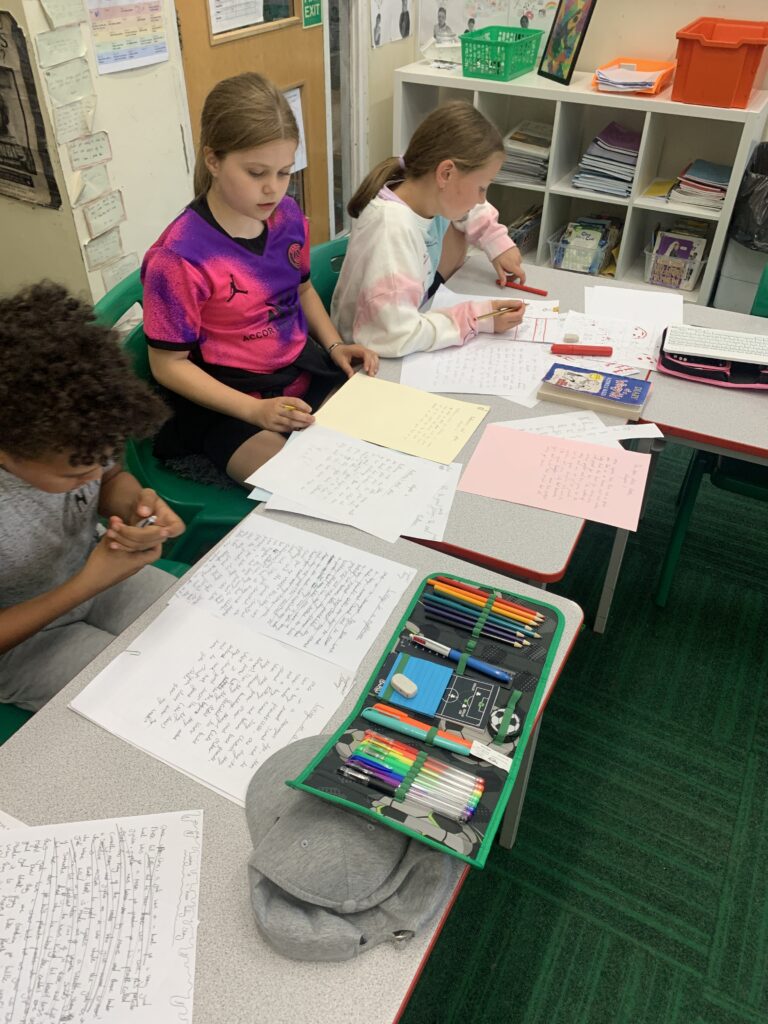
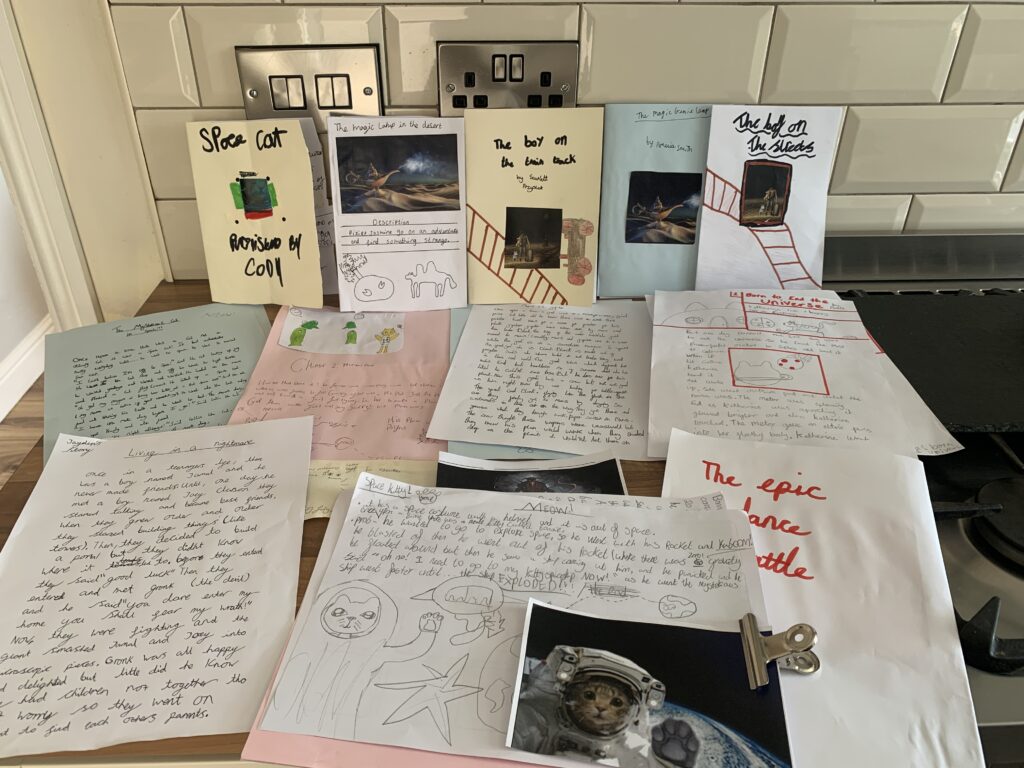
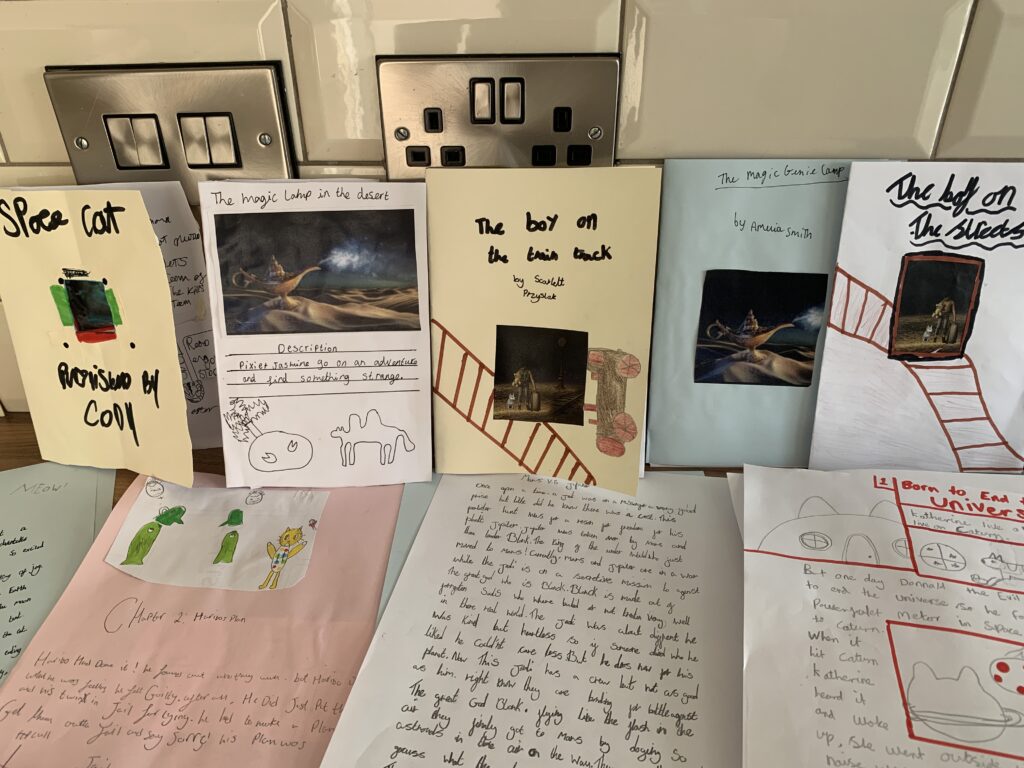
The children in Year 5 planned and delivered a debate linked to our book ‘Pig heart boy’. The children worked incredibly hard to prepare structured and well thought out questions and showed respect when providing their responding arguments…a fantastic effort!
